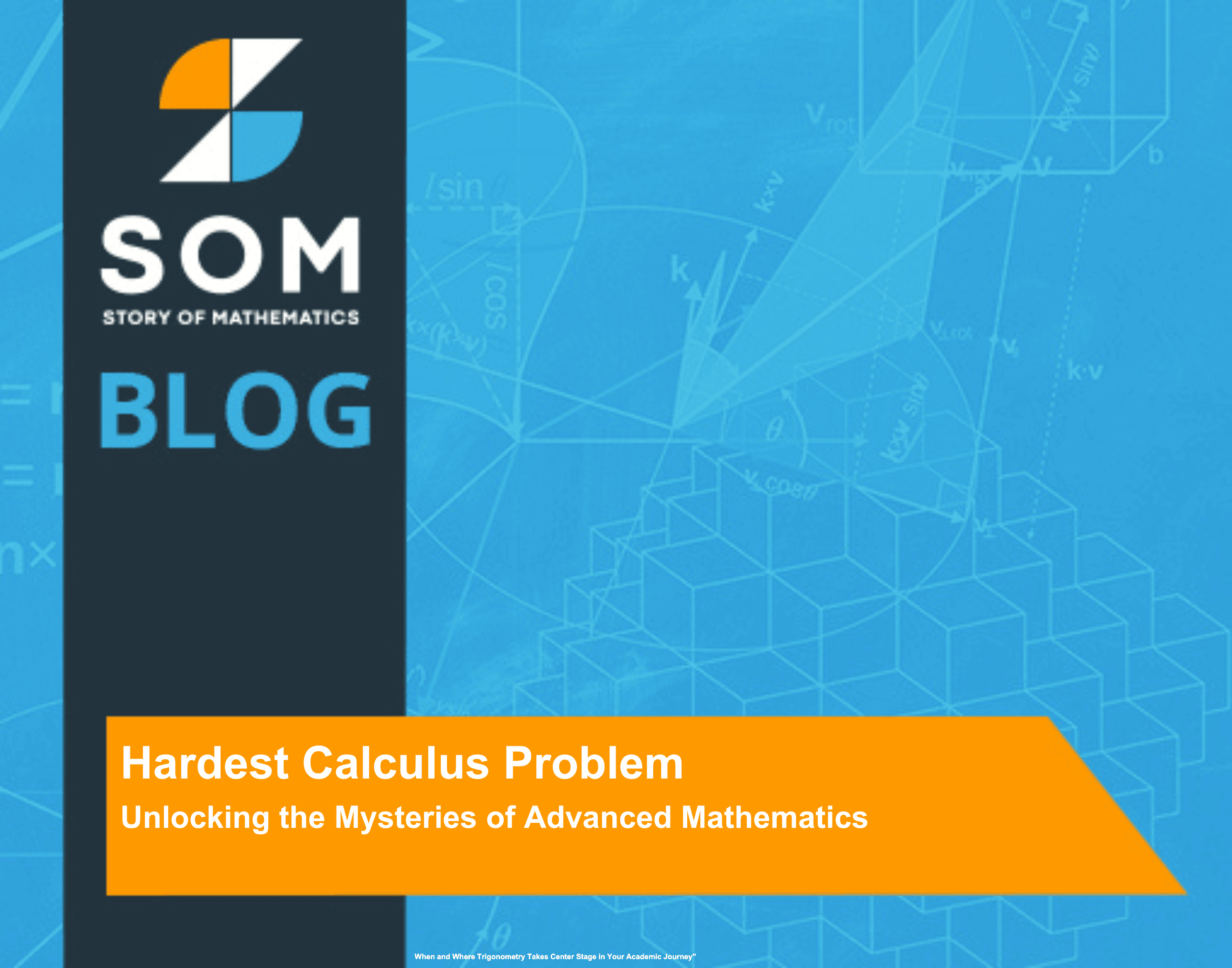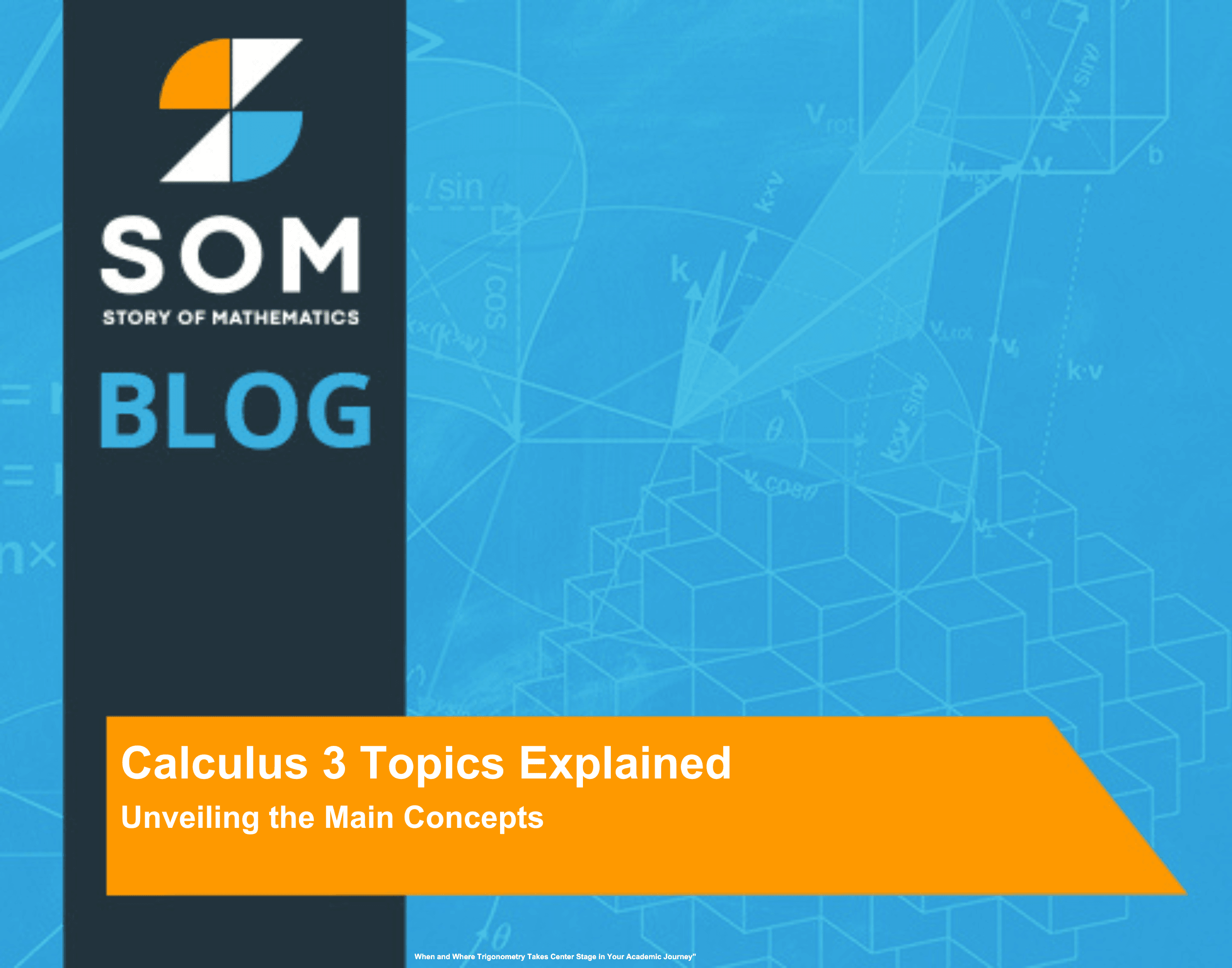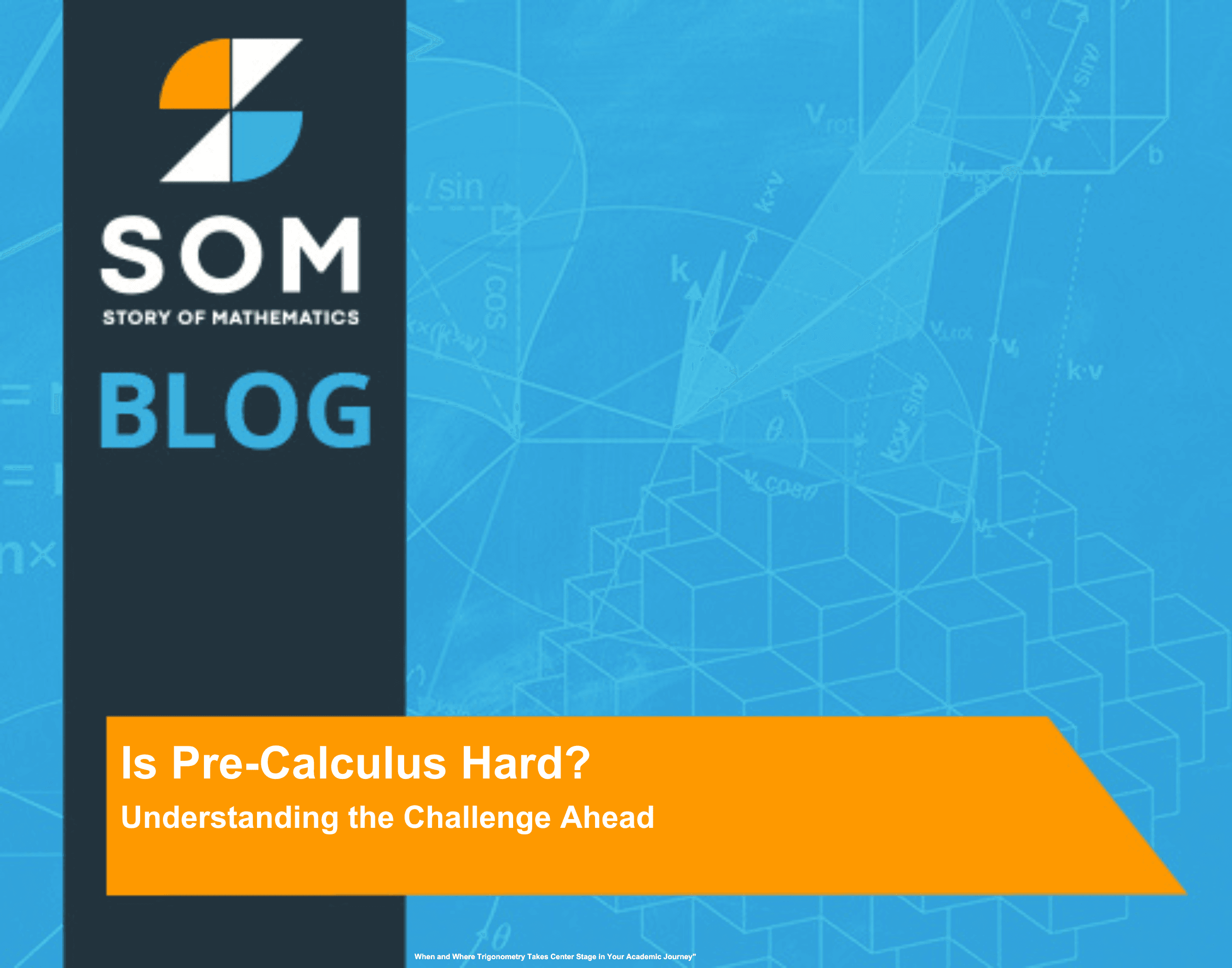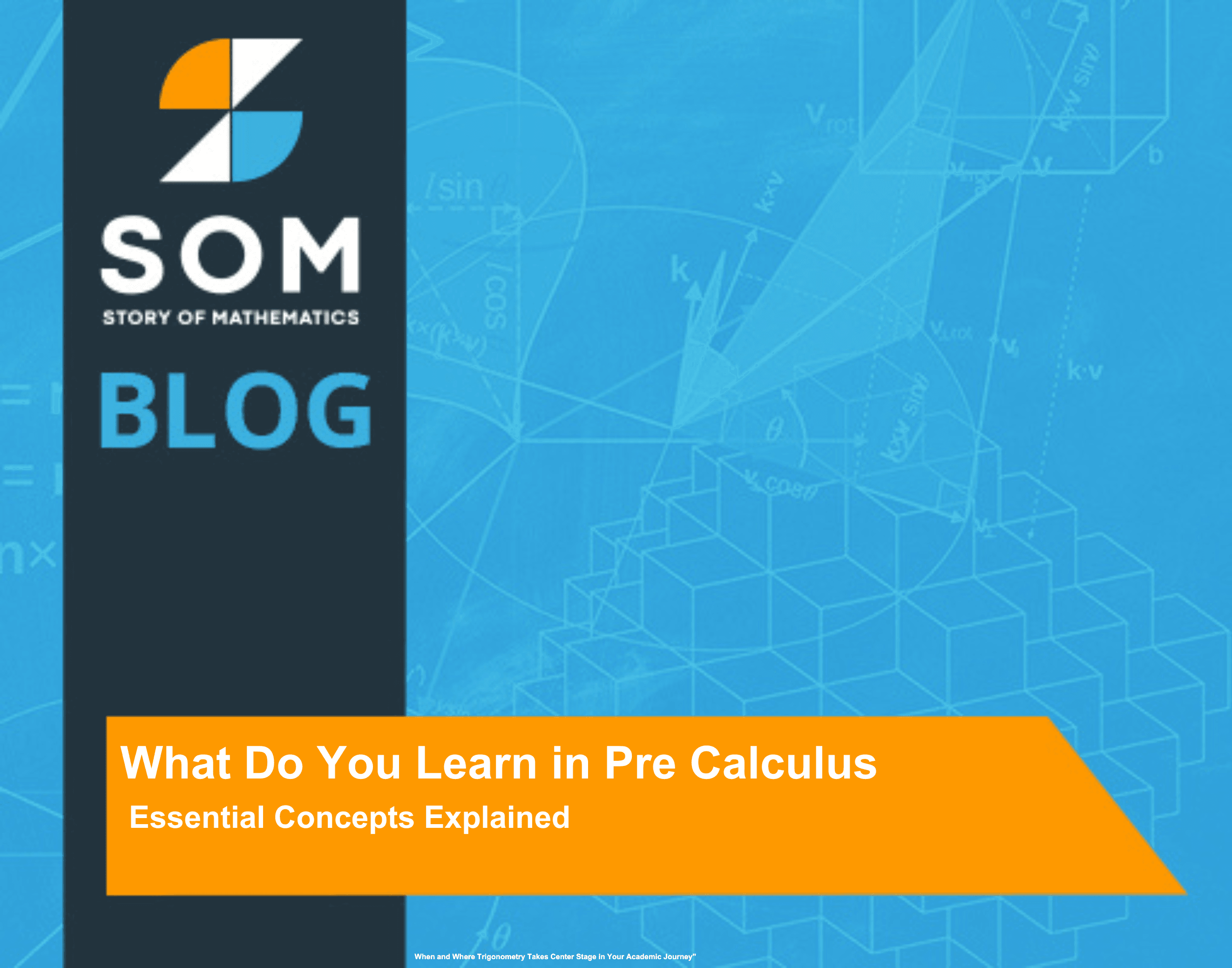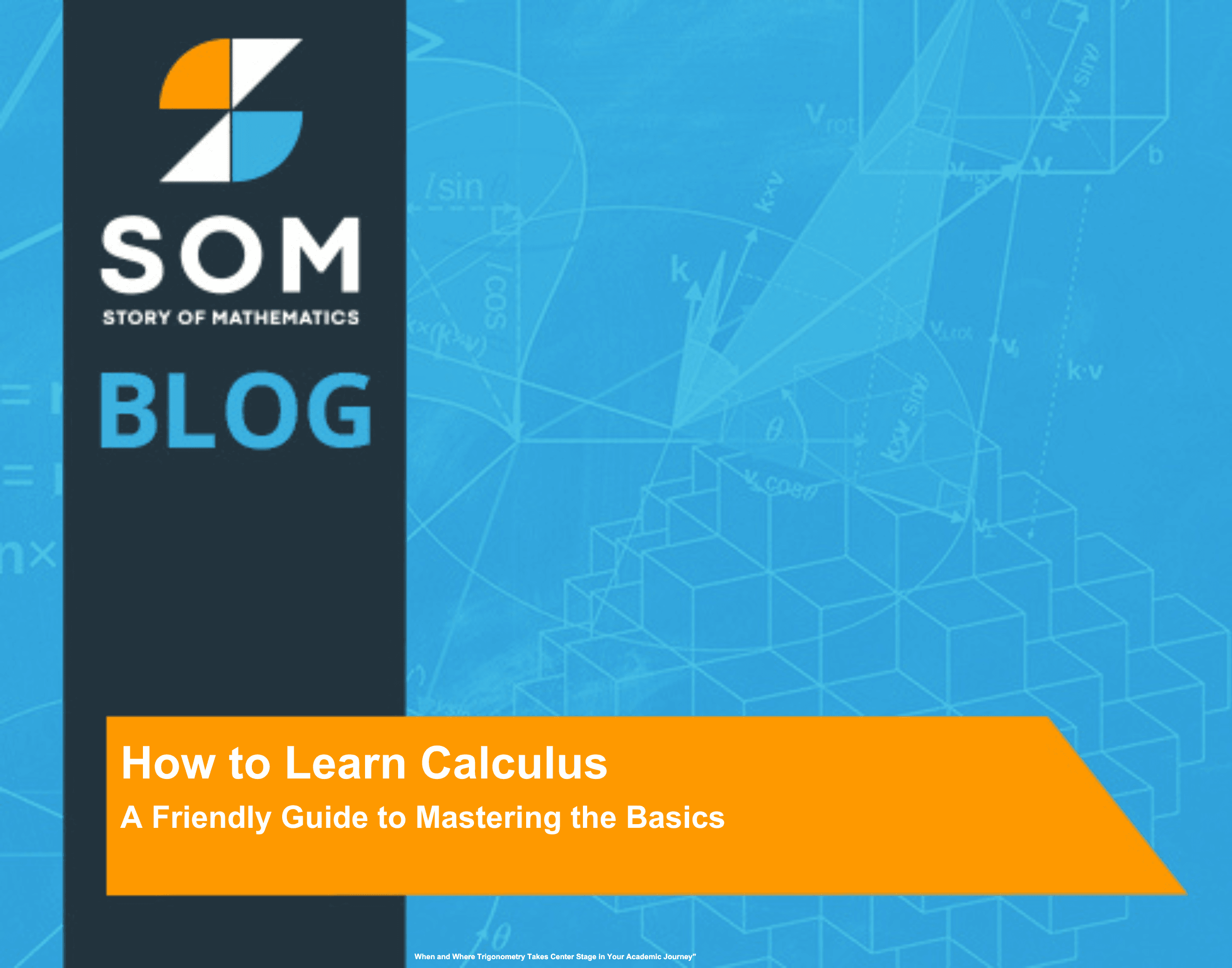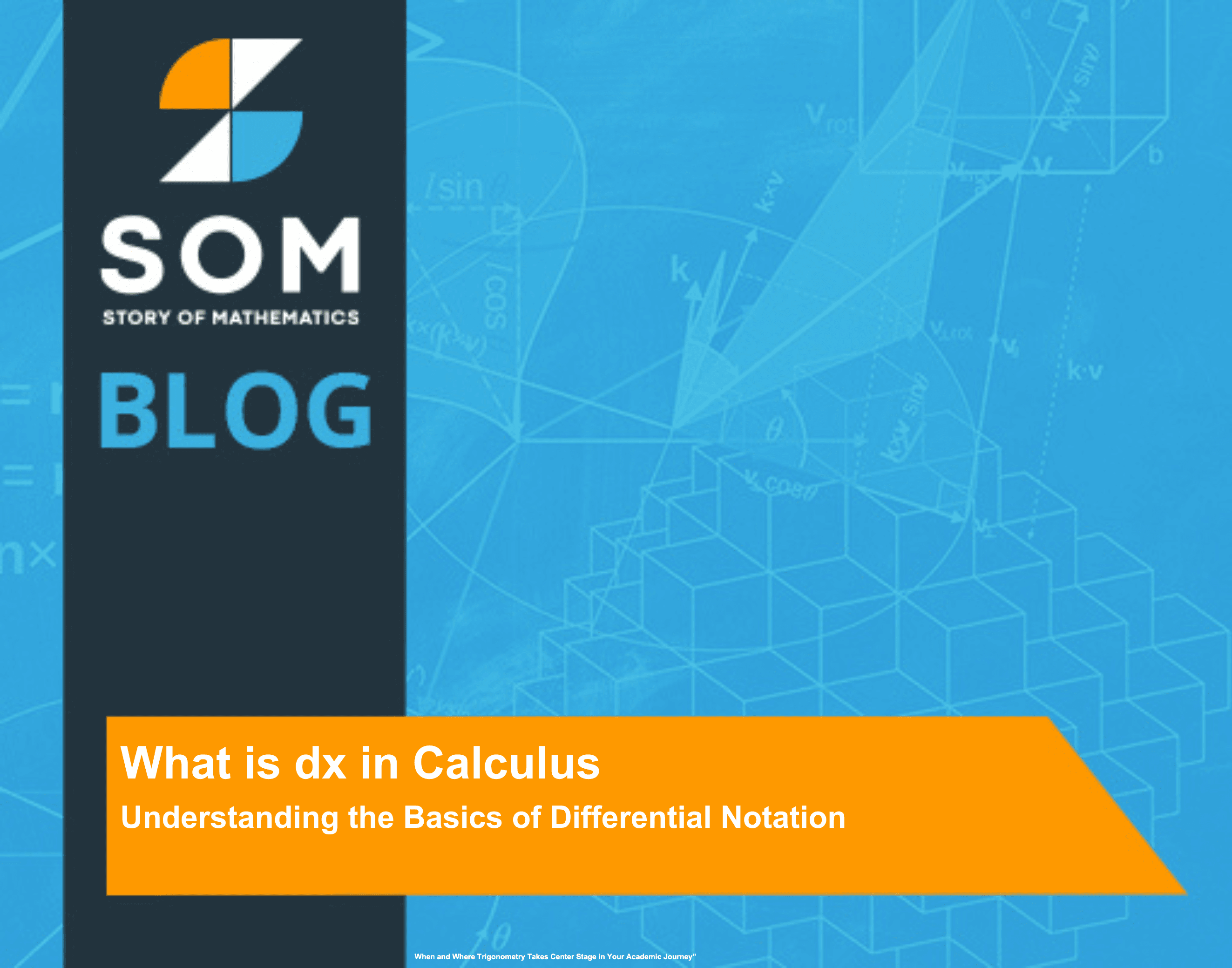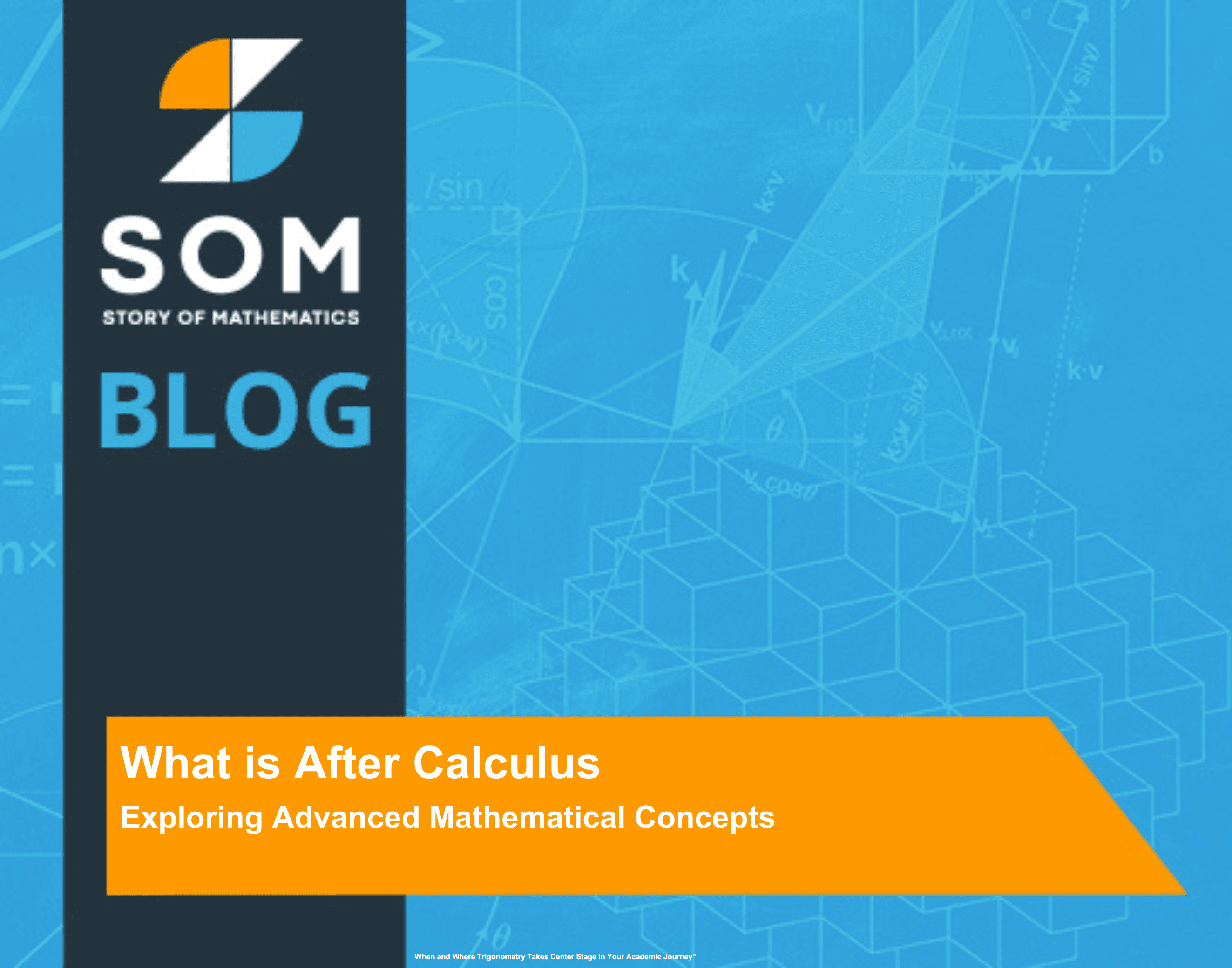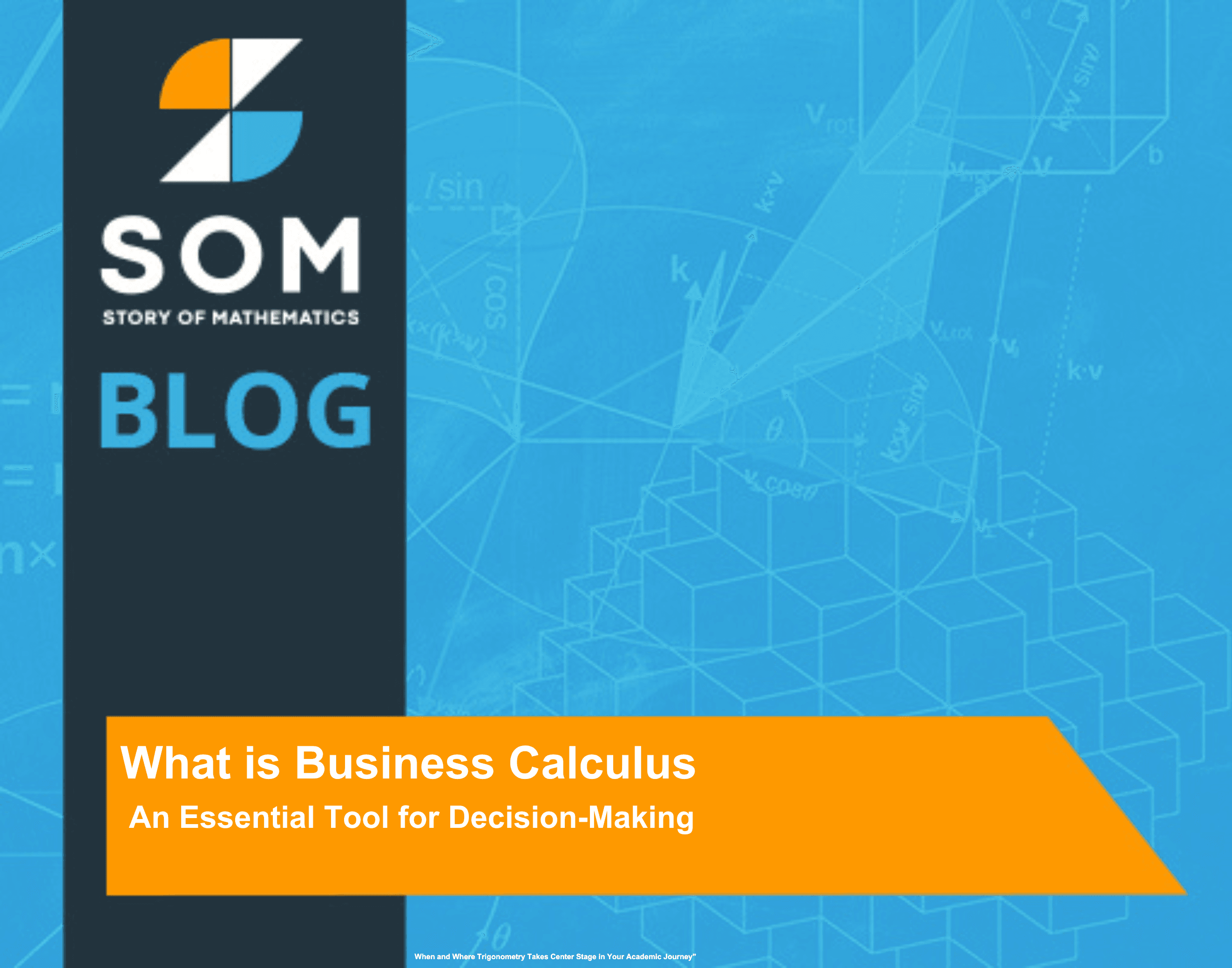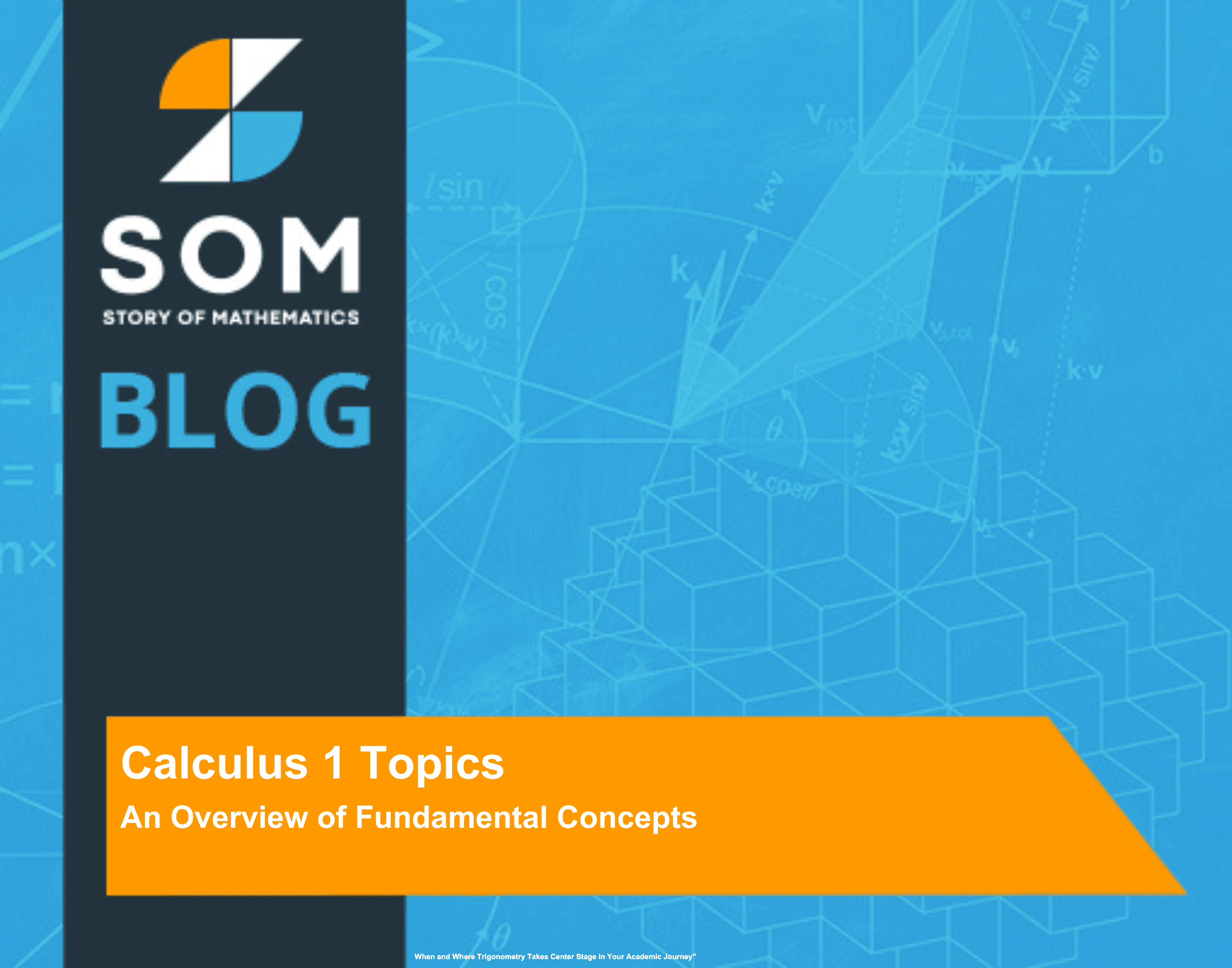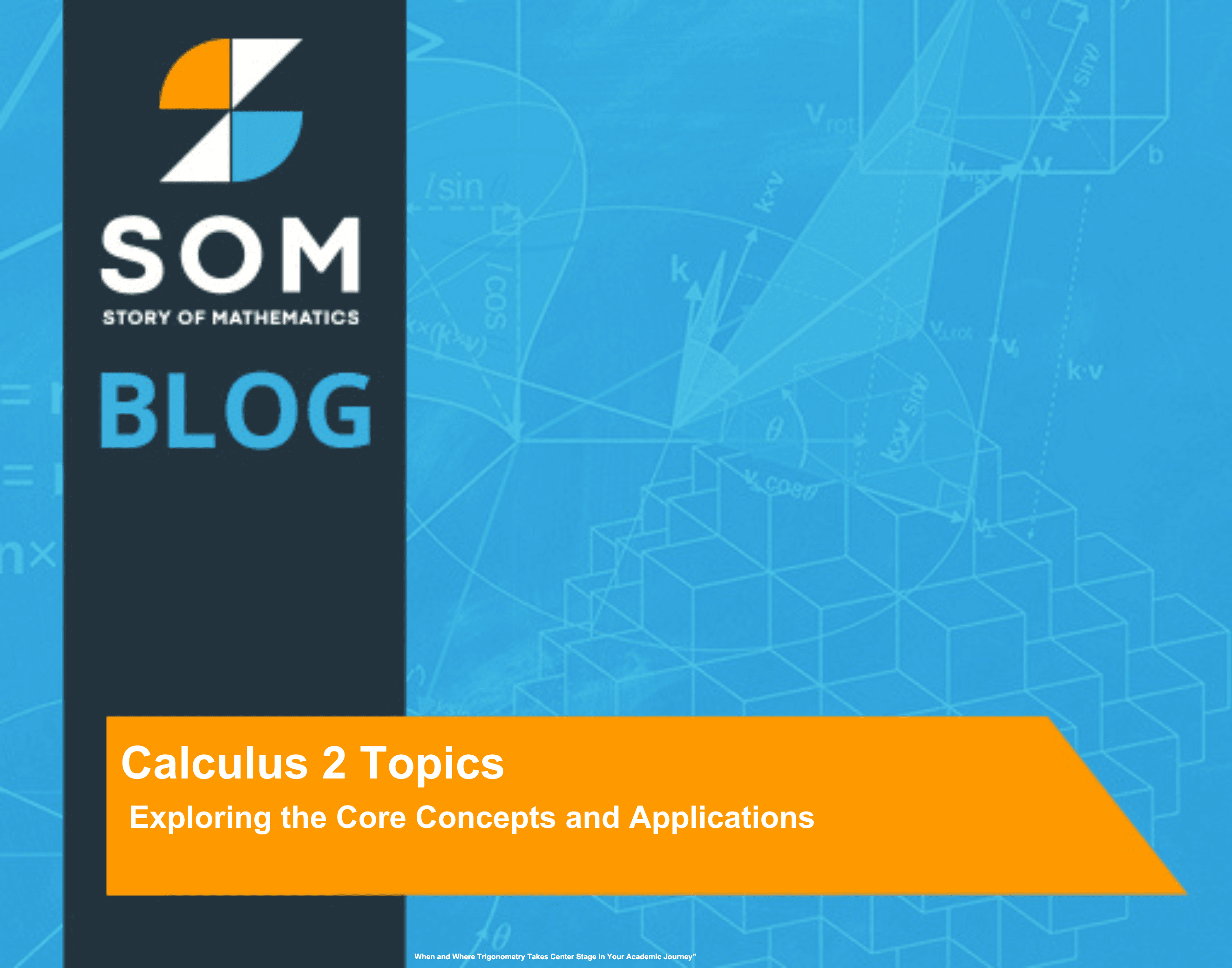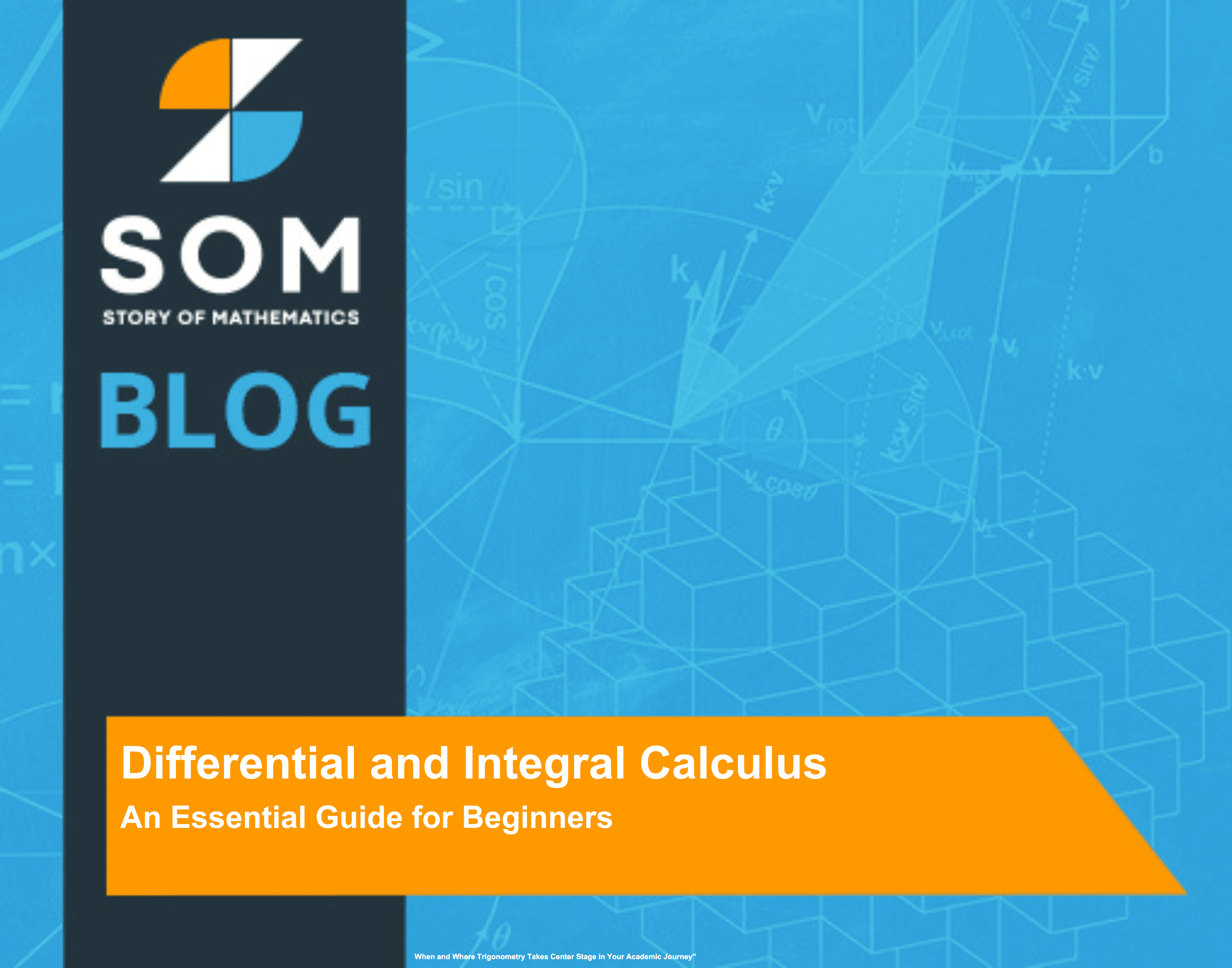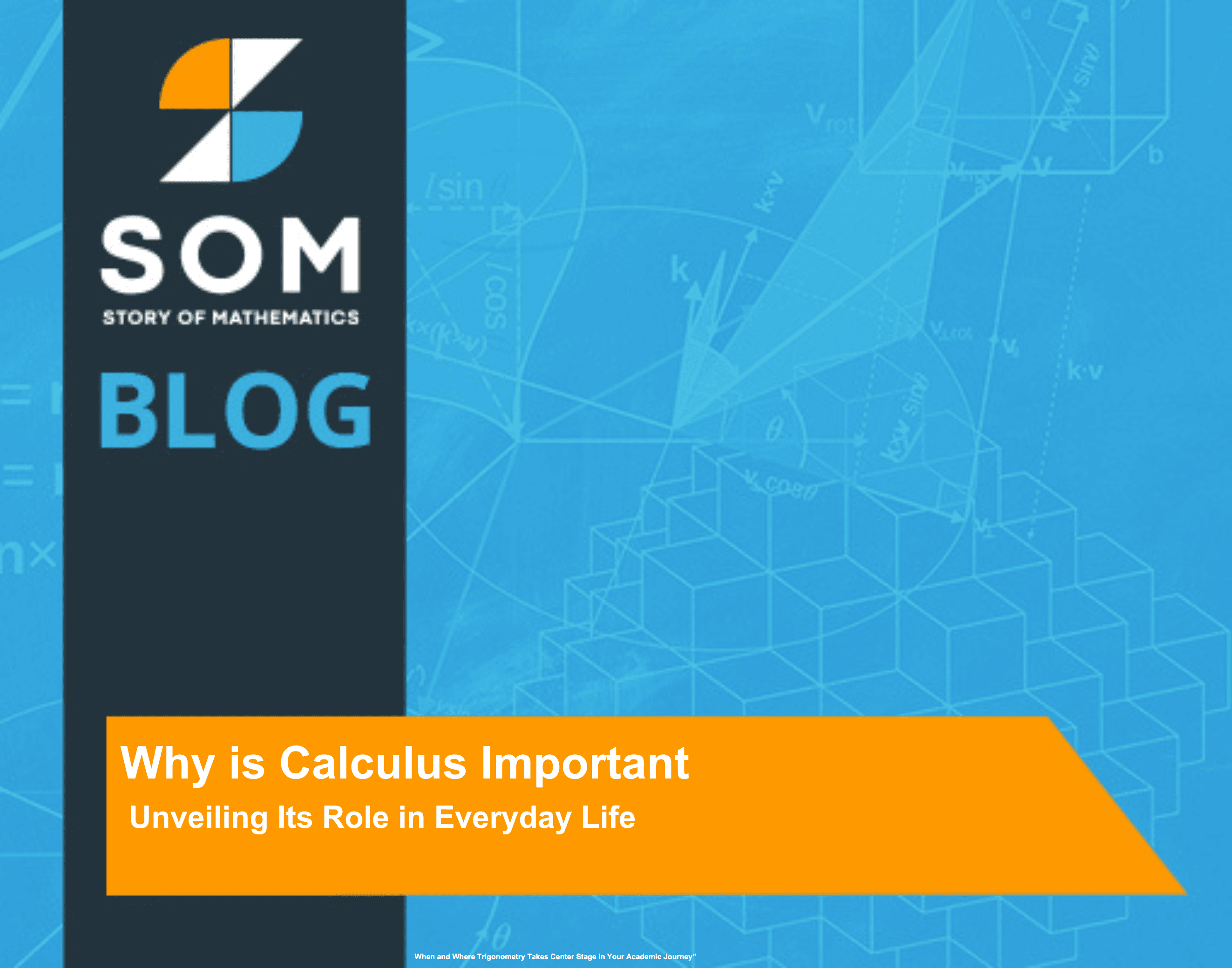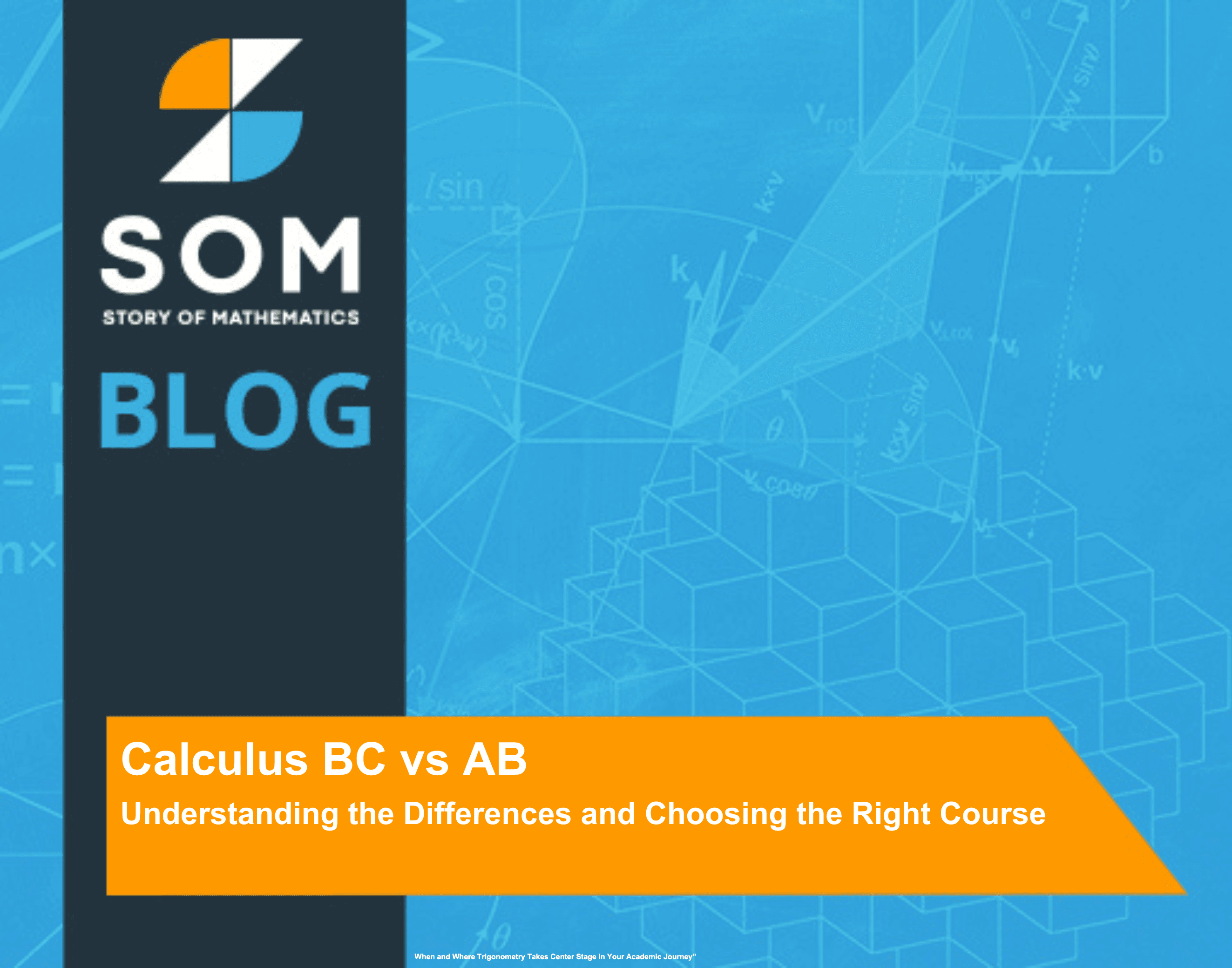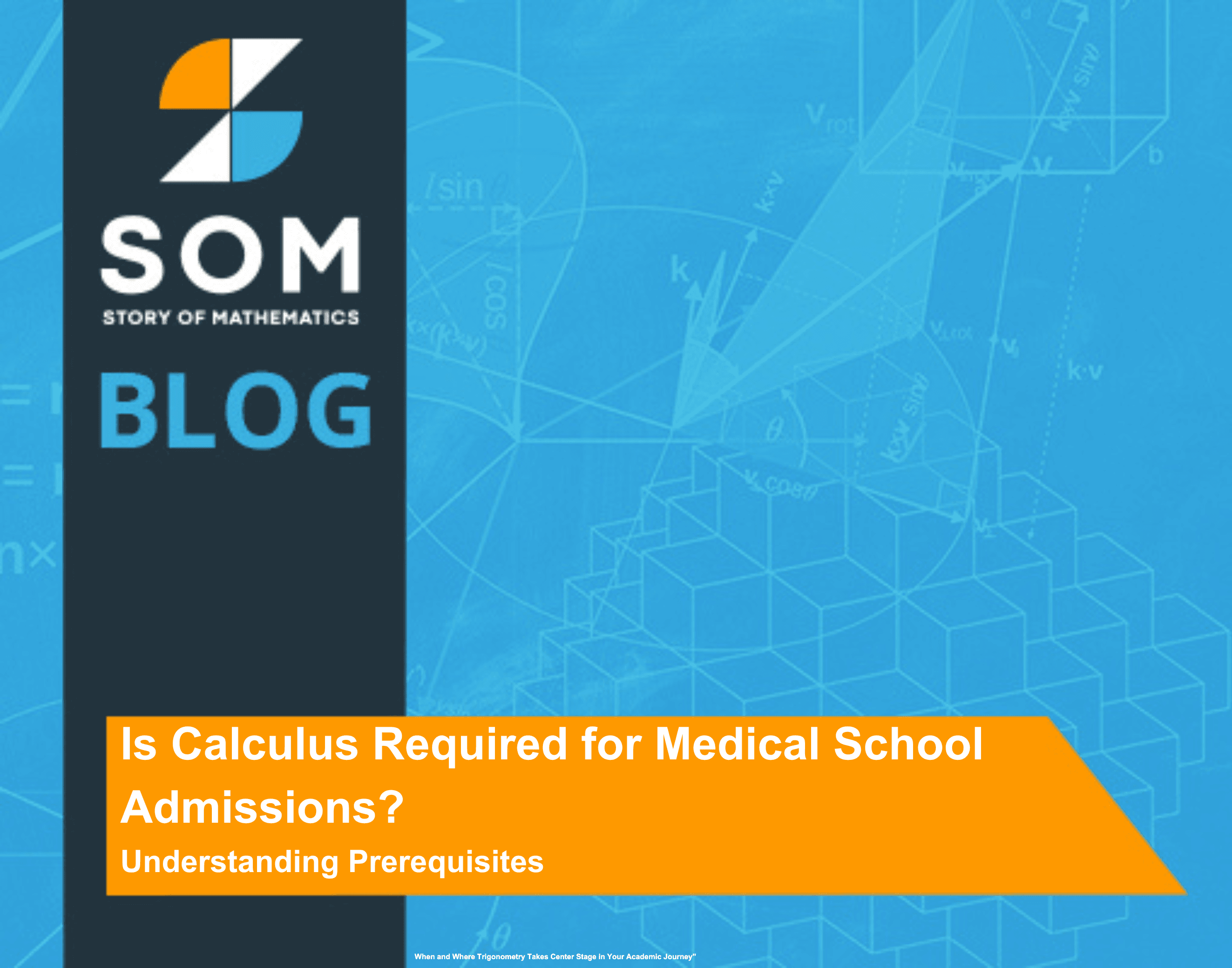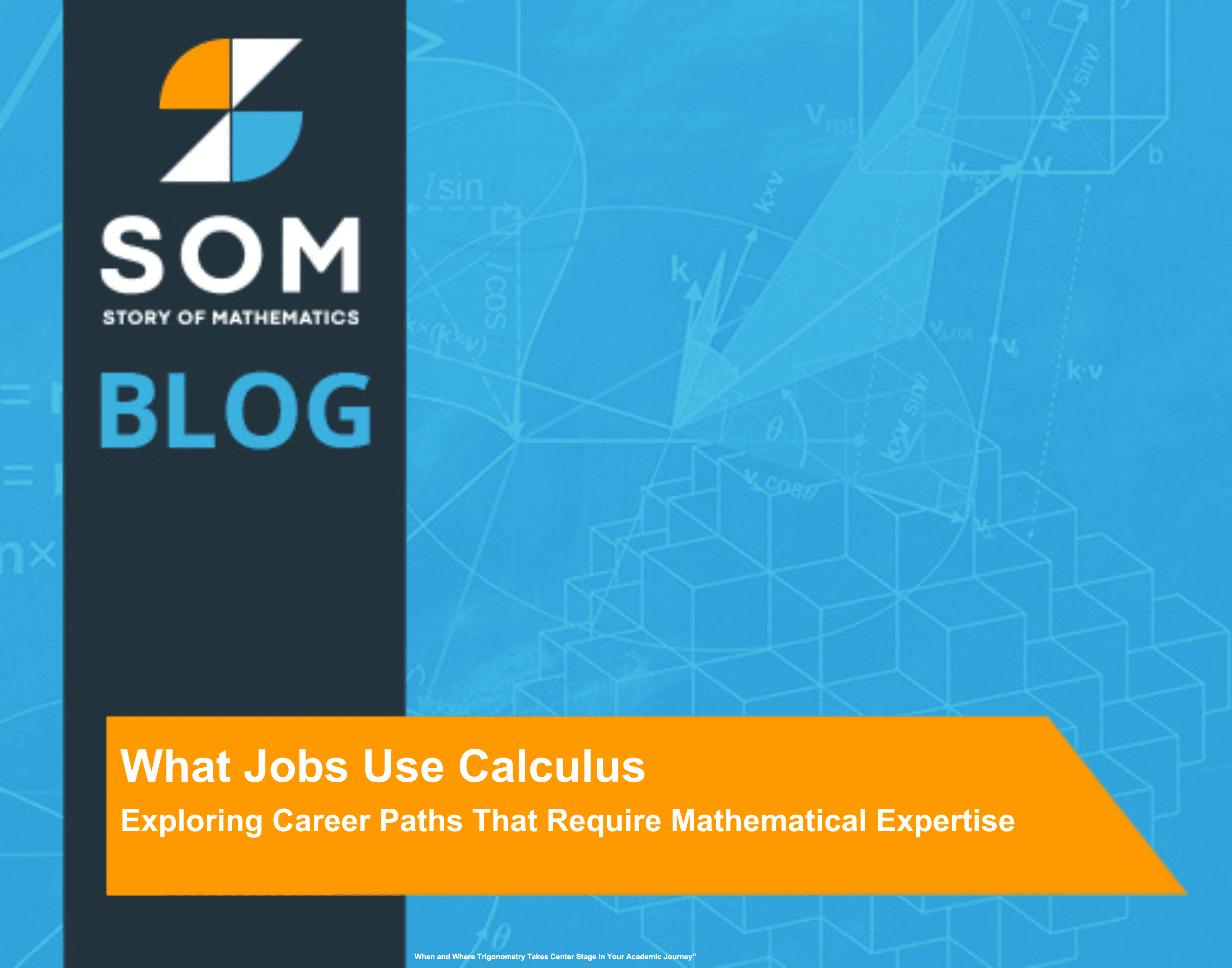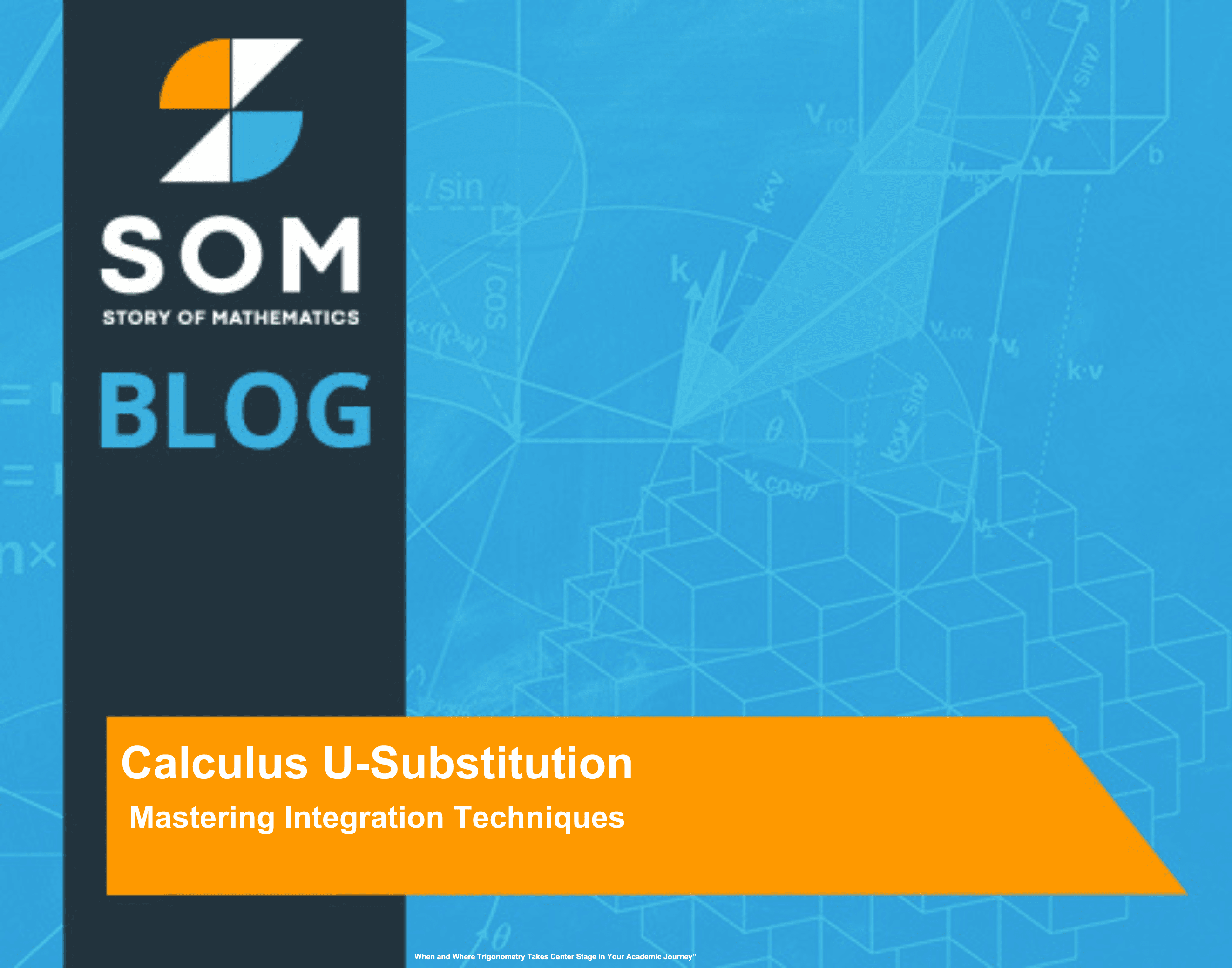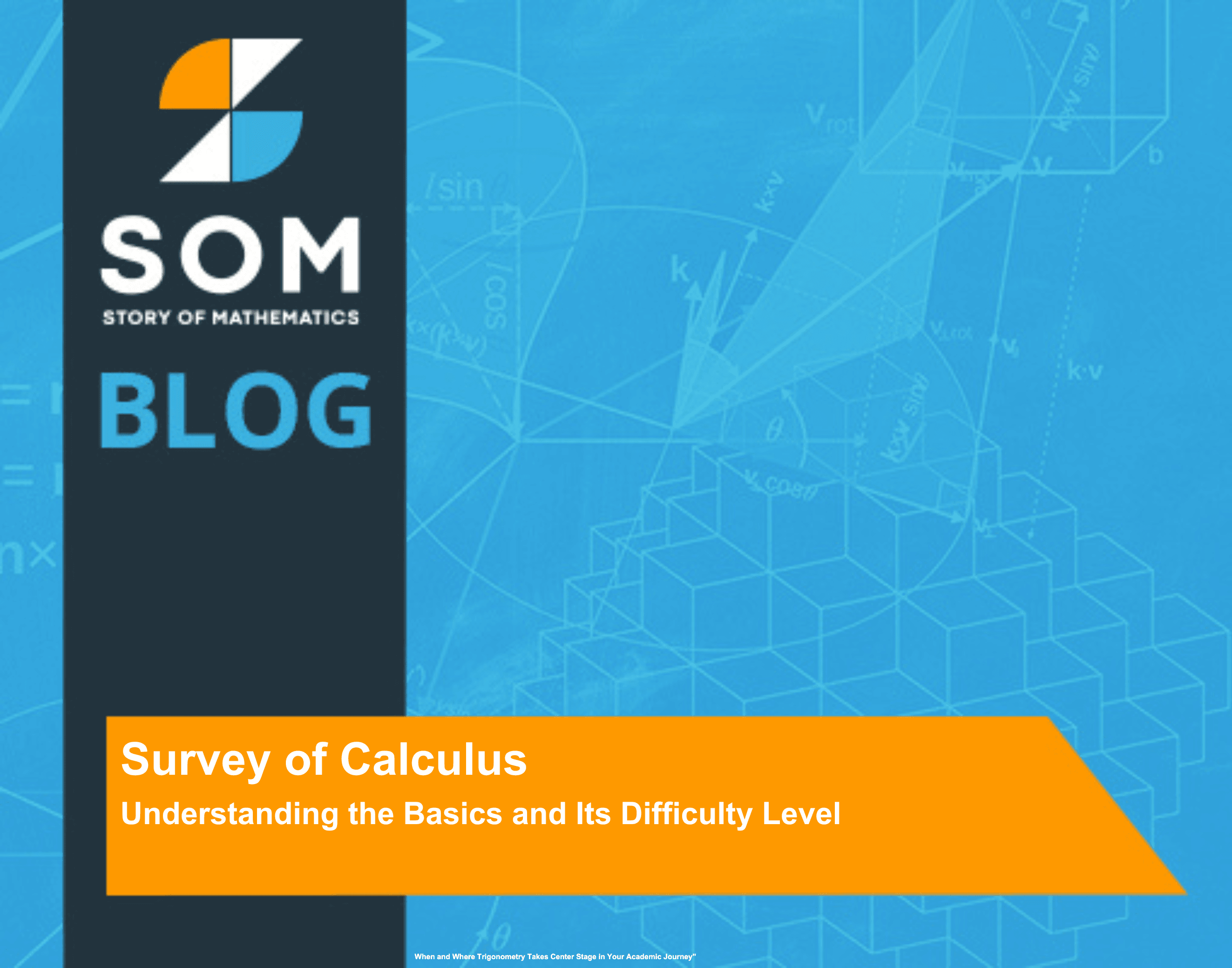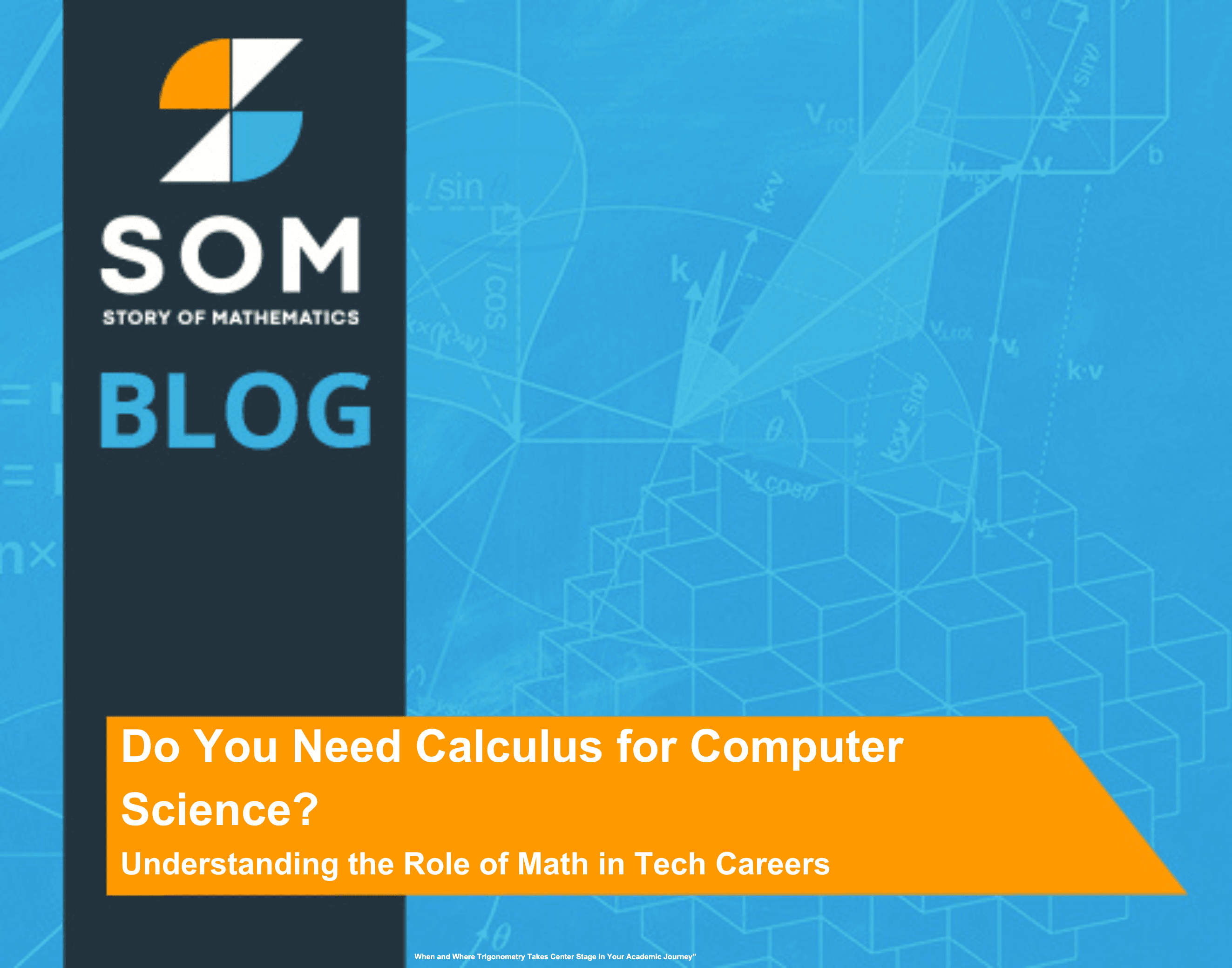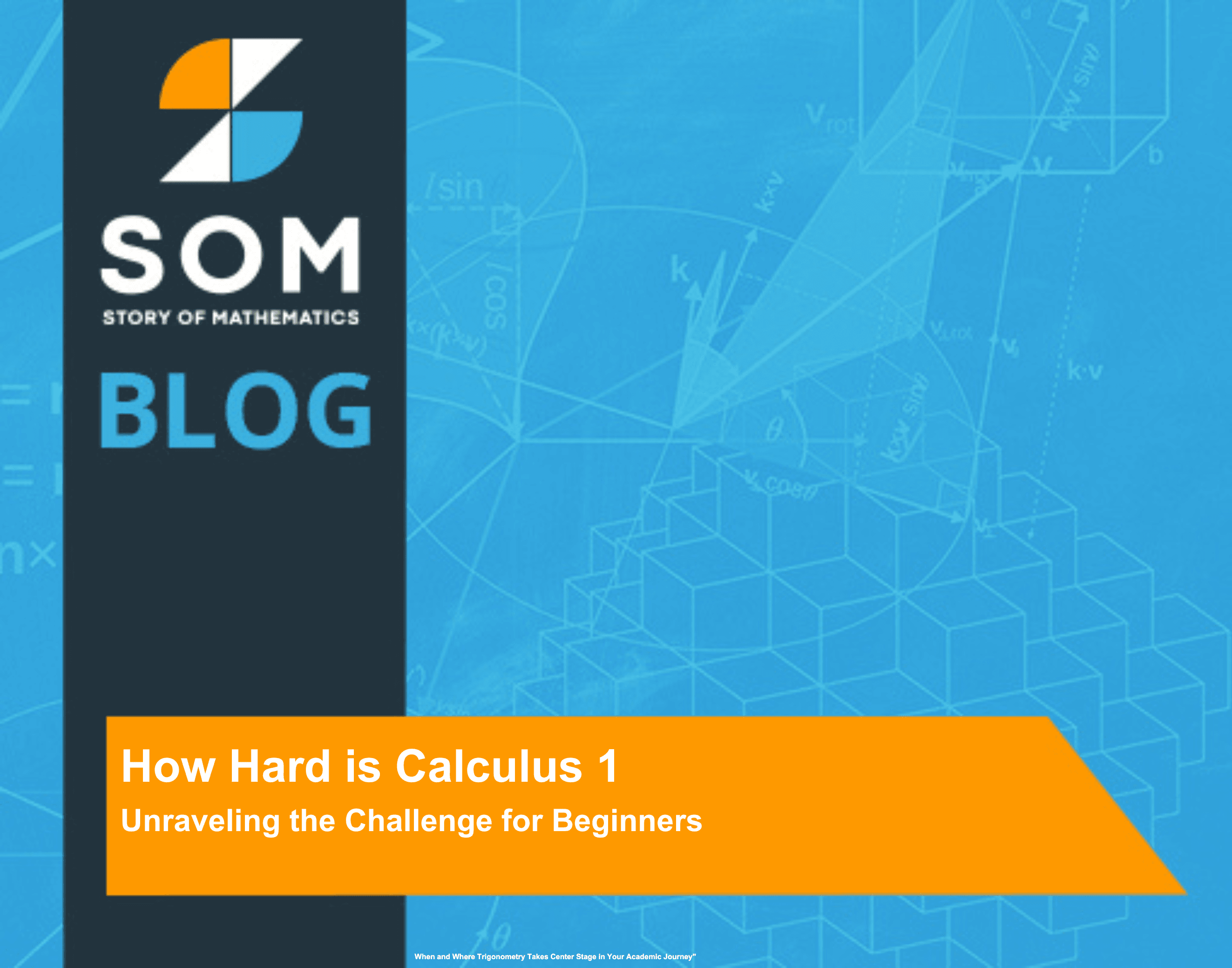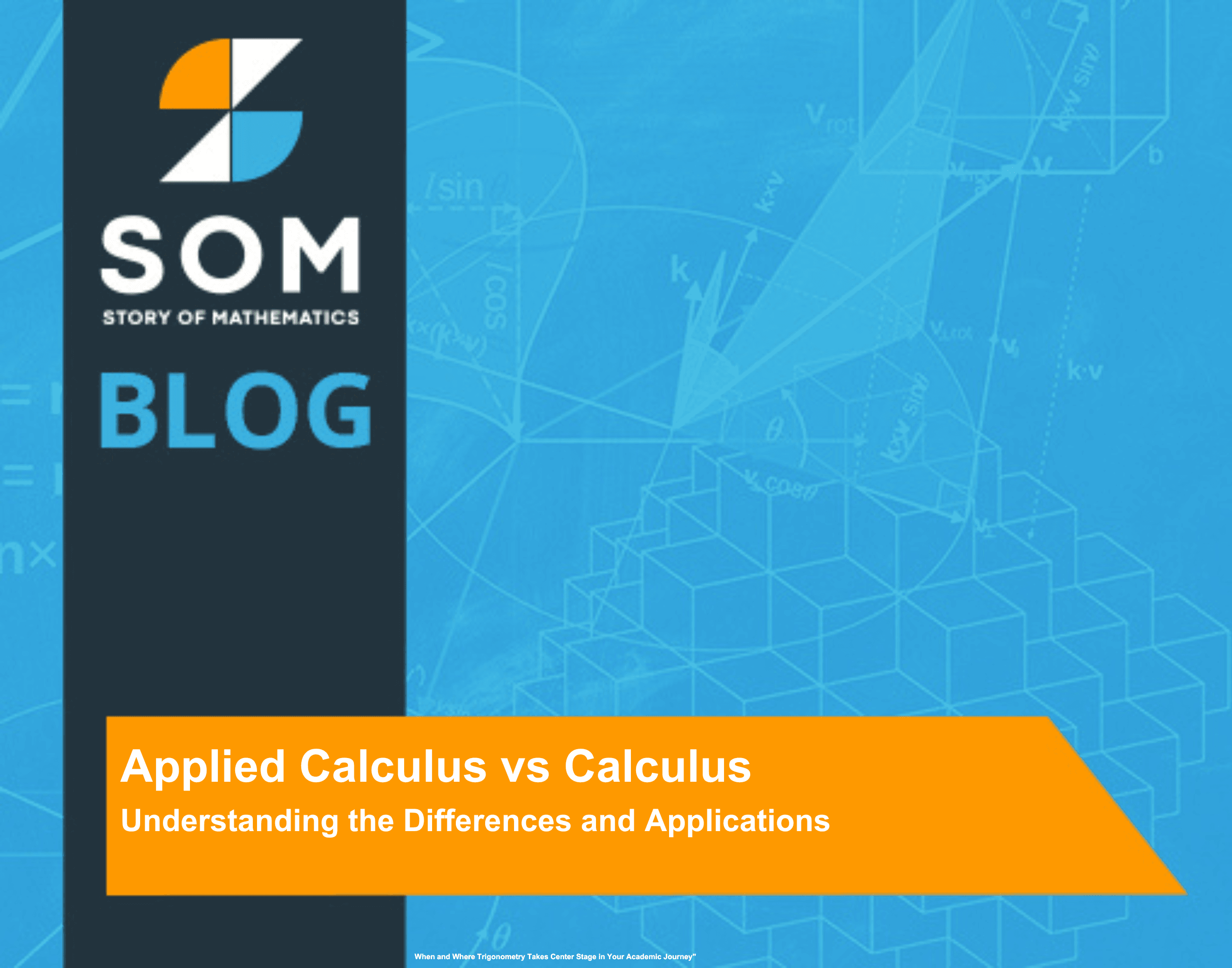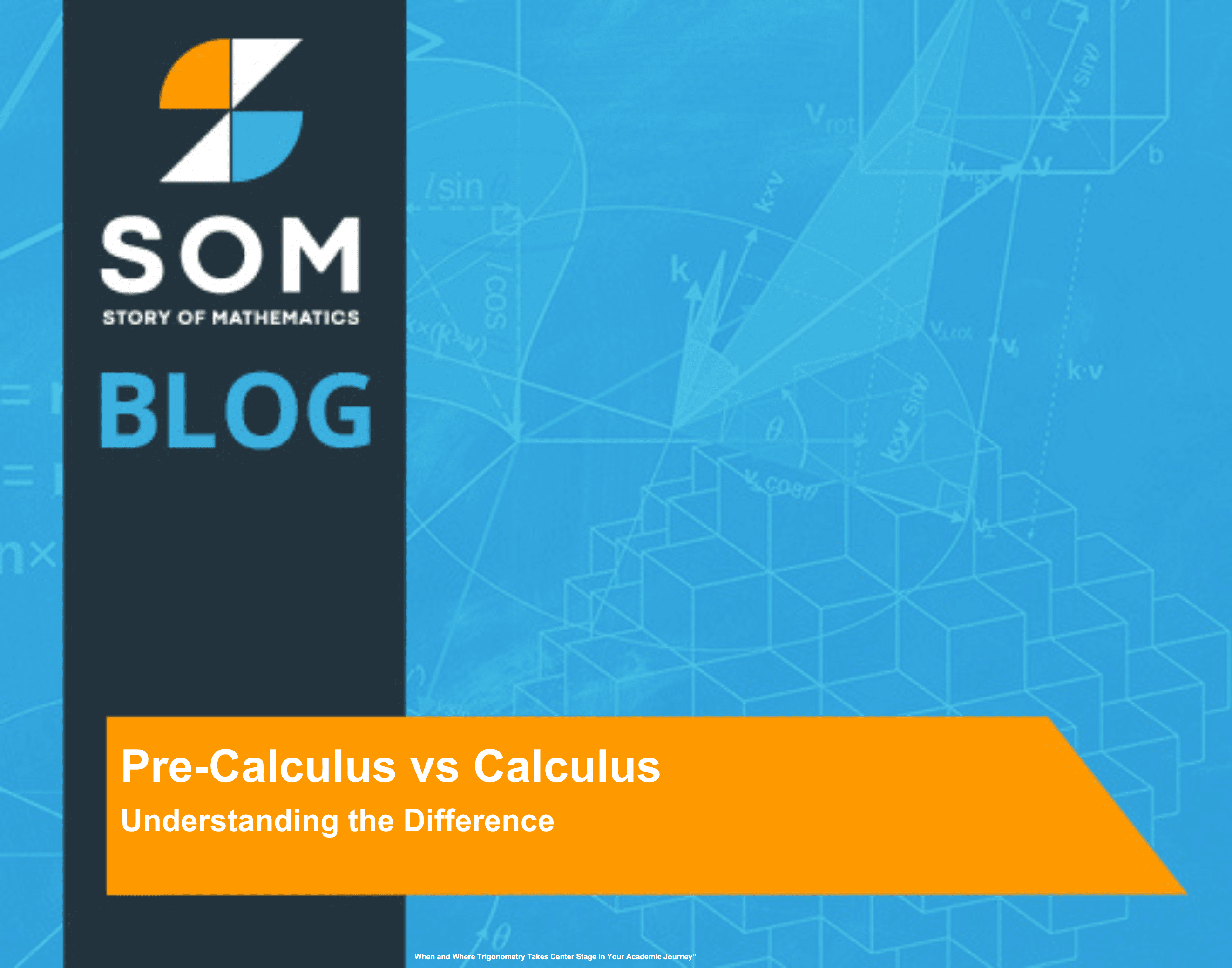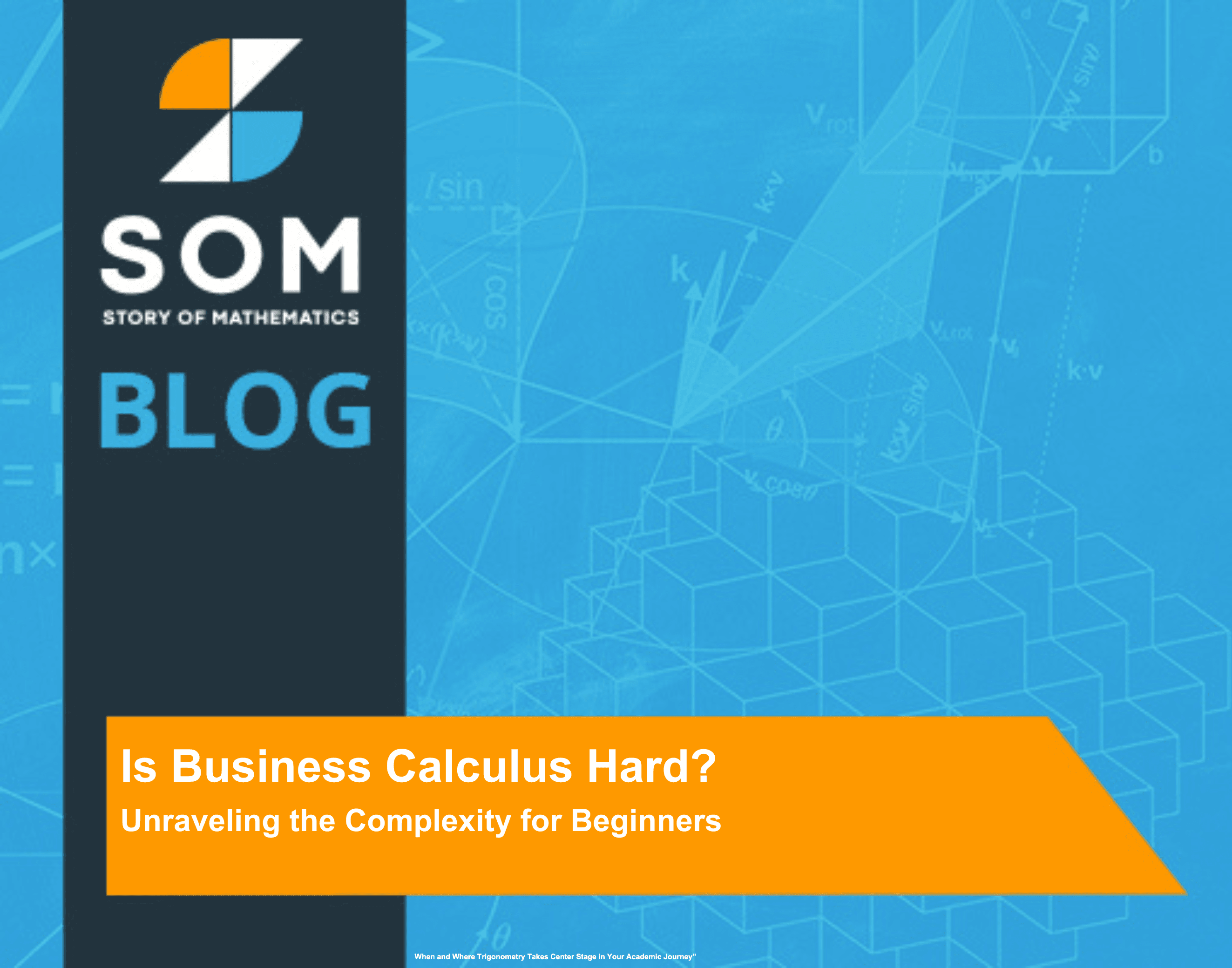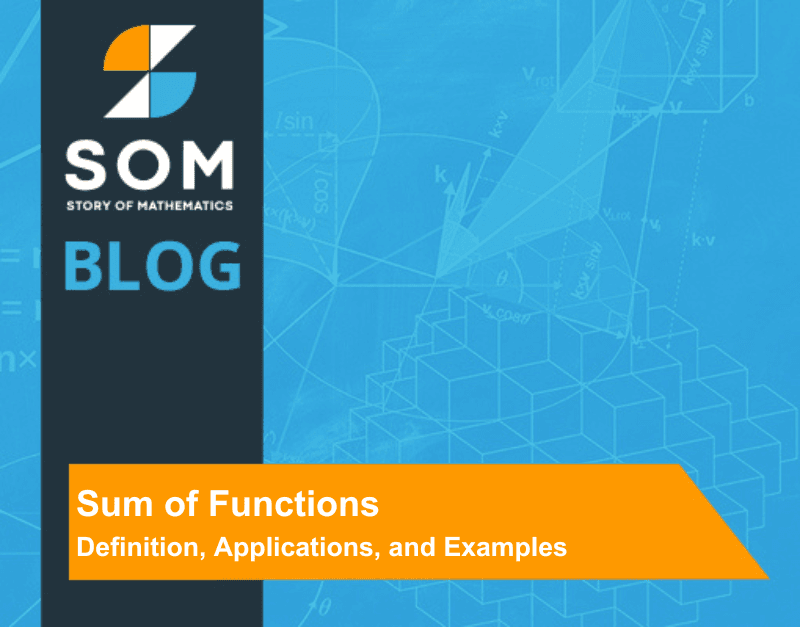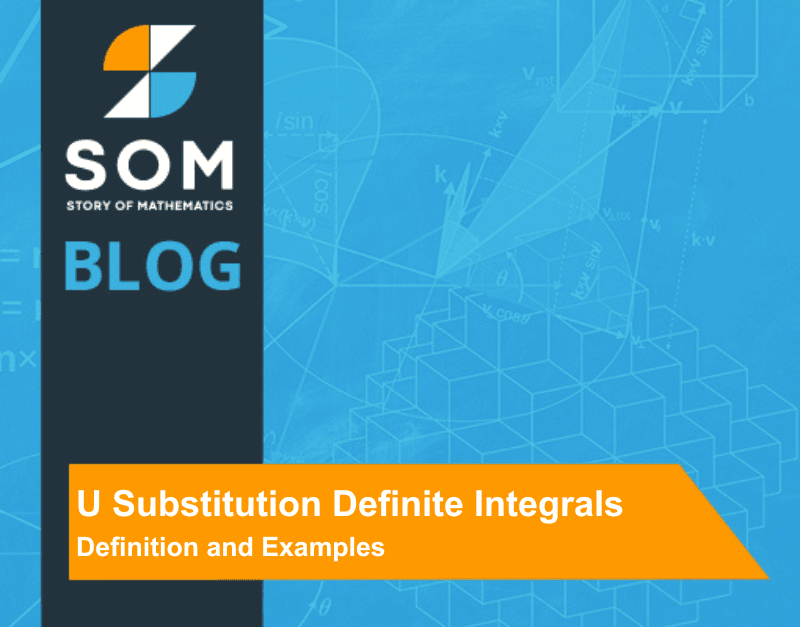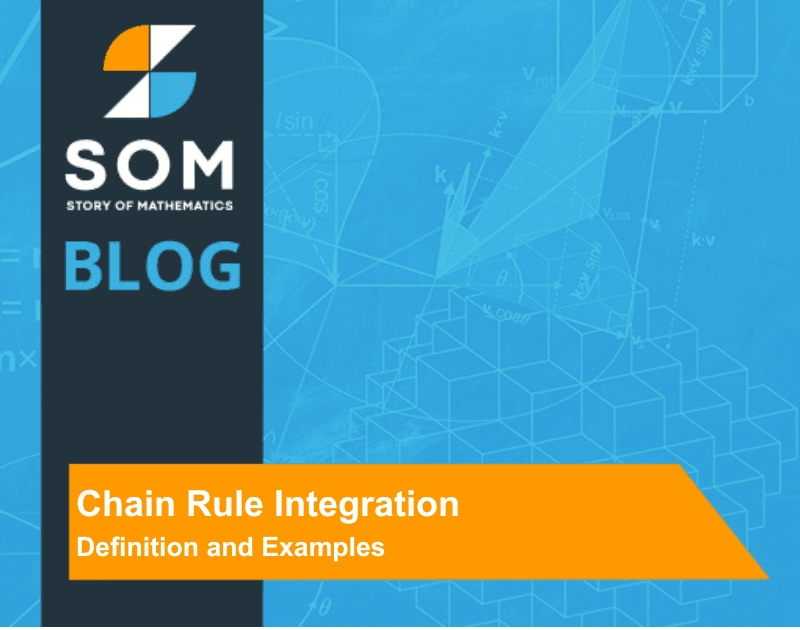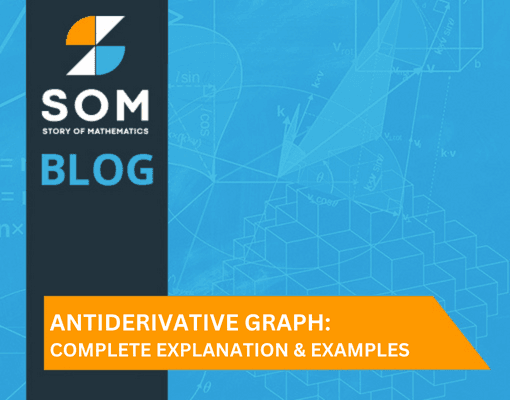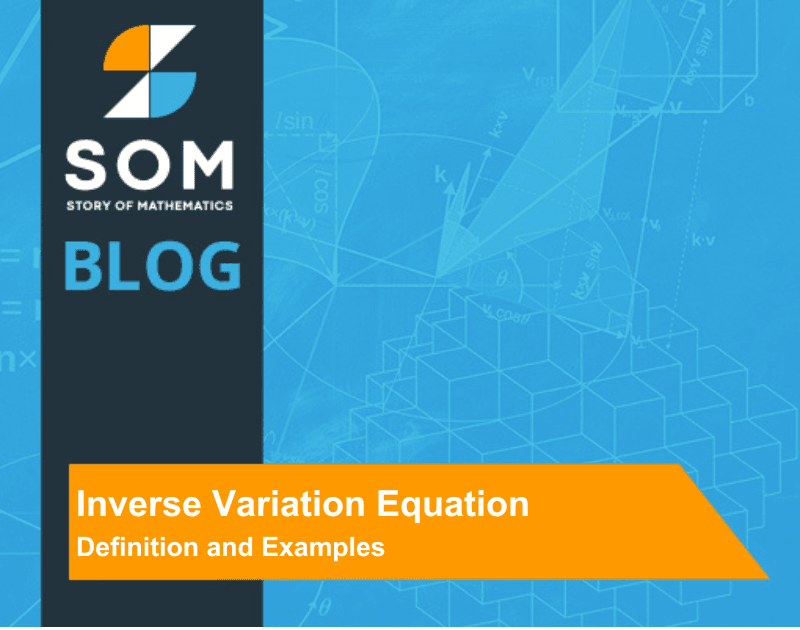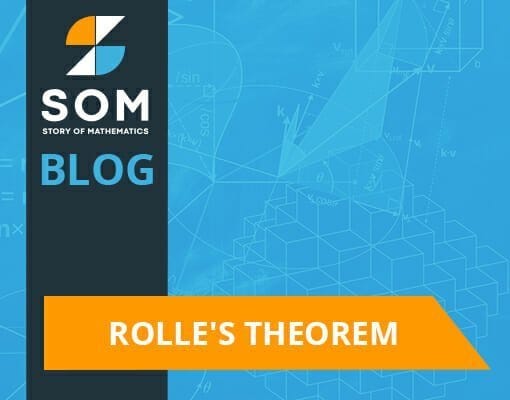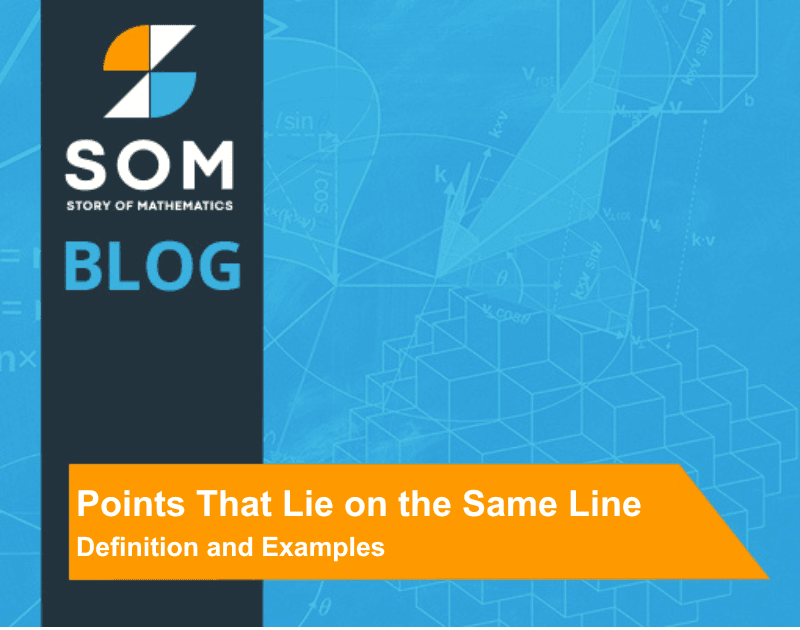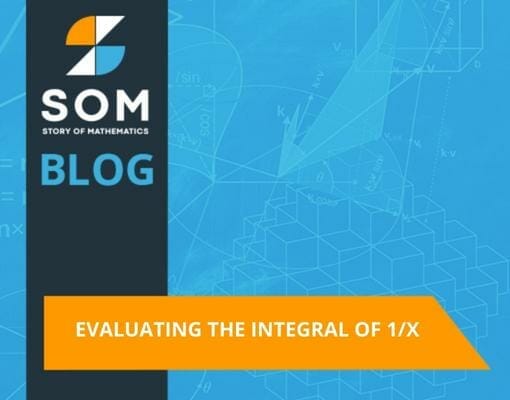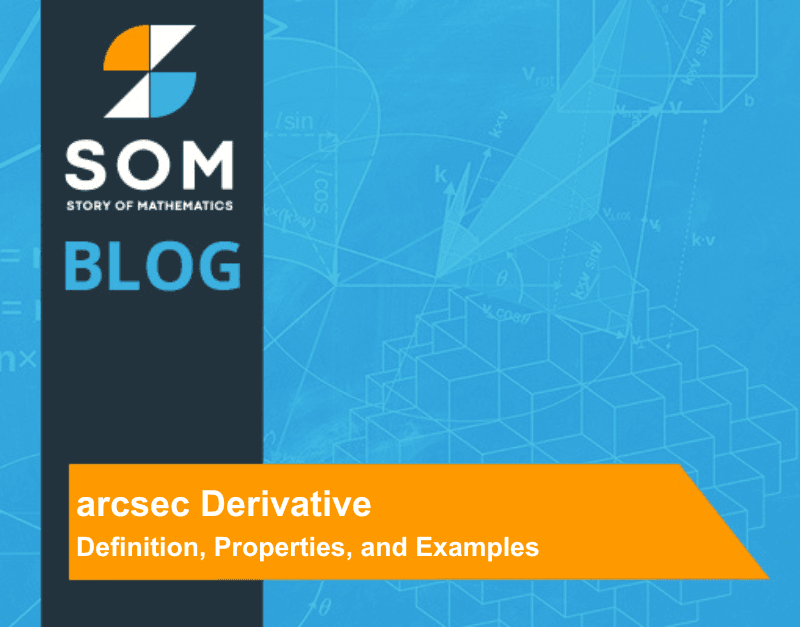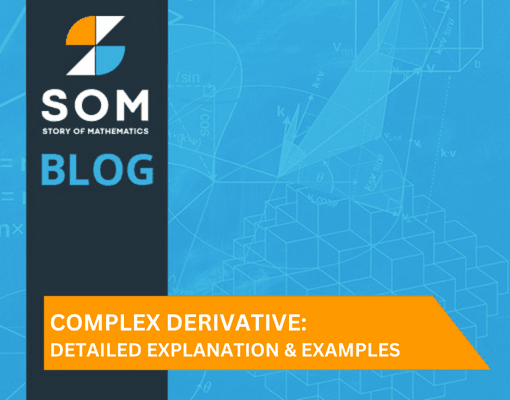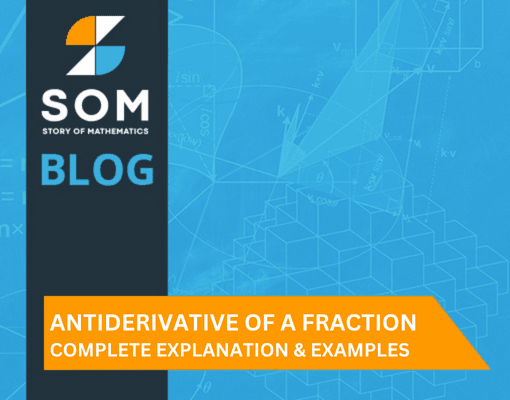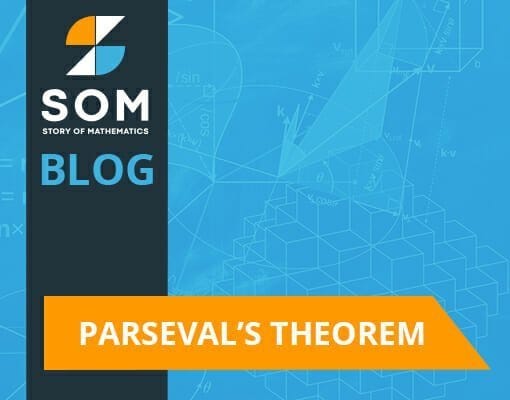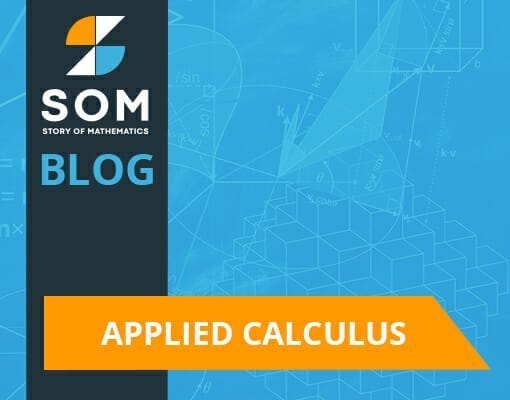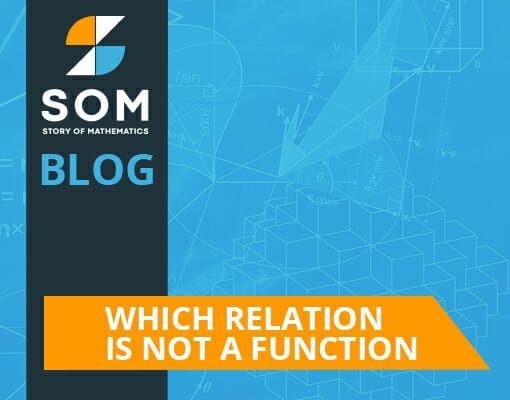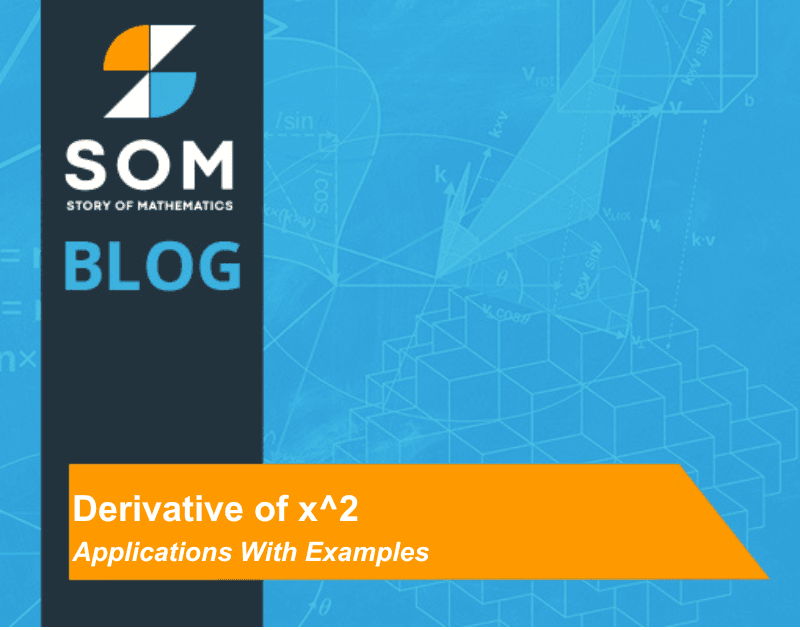Calculus is fundamentally a branch of mathematics focused on change and motion. My exploration of its intricacies has revealed that certain problems stand out for their notoriety and complexity. These problems are renowned for their capacity to test the limits of human ingenuity. For instance, the Riemann Hypothesis, one of the most formidable unsolved problems […]
Category Archives: Calculus
Calculus 3, also known as Vector Calculus or Multivariable Calculus, is an expansion of the concepts from single-variable calculus into multiple dimensions. This course takes the foundational principles of limits, derivatives, and integrals and applies them to functions of more than one variable. It’s where I explore how these concepts work in three-dimensional space and […]
Pre-calculus often marks a significant transition in a student’s math journey, laying the groundwork for more complex subjects like calculus. This course typically encompasses a review of algebra and geometry as well as an introduction to trigonometry and mathematical analysis, serving as a stepping stone between high school math courses and college-level calculus. As I […]
Pre-calculus is an advanced mathematics course bridging the gap between Algebra IbI and Calculus. In this essential stepping stone, I brush up on topics from algebra and geometry, ensuring a solid foundation for the more abstract concepts awaiting calculus. I explore sets and get comfortable with different types of functions, including polynomial, rational, exponential, and […]
To learn calculus, I should familiarize myself with the foundational concepts of mathematics. Strengthening my understanding of algebra, geometry, and trigonometry from high school math is essential. These subjects provide the building blocks for calculus by introducing the behavior of functions, the beauty of shapes, and the rhythms of angles and their measures. As a […]
In the world of calculus, “$dx$” is a symbol that represents an infinitesimally small change in the variable $x$. When we look at functions and their graphs, we consider $dx$ as a tiny nudge along the $x$-axis, used to approximate the rate of change and the area under curves. Calculus hinges on the concepts of […]
Calculus is the branch of mathematics that deals with continuous change, encompassing topics such as derivatives, integrals, limits, and infinite series. After mastering the concepts of calculus, students often explore more advanced mathematical topics that build on calculus principles. Linear algebra, for instance, is a natural progression that studies vectors, matrices, and linear transformations. Additionally, […]
Business calculus is a specialized area of mathematics tailored to address practical problems in business and economics. Unlike traditional calculus, which delves into a broad array of mathematical concepts, business calculus focuses on those aspects most useful for students who are pursuing a business degree. In my college classes, the curriculum typically includes understanding functions, […]
This course typically starts with a review of the essential concepts of algebra and functions, ensuring students are well-prepared to tackle the new calculus material. I remember grappling with the nuances of limits, derivatives, and integrals, all of which form the bedrock of Calculus 1. My exploration through Calculus 1 was guided by insightful lectures […]
Calculus 2 is the branch of mathematics that deals with integrating functions and understanding their applications. Following the foundational concepts of limits, derivatives, and basic integrals from Calculus 1, I find that this second course in the sequence dives deeper into integration techniques, such as integration by parts, trigonometric substitution, and partial fraction decomposition. Applications of […]
Calculus is a fascinating area of mathematics, often considered the language of motion and change. At its heart, calculus helps us understand the behavior of functions, whether we’re figuring out the speed of a roller coaster as it hurtles down a track or calculating the flow of water through a pipe. The study of calculus […]
Calculus is an essential branch of mathematics, concerned with understanding change and motion. It allows us to compute the rate at which quantities change, which is fundamental for a vast array of scientific disciplines. As I explore calculus further, I’m consistently fascinated by the intricate way it enables us to model the natural world, predict […]
Calculus is a branch of mathematics that involves the study of rates of change and the accumulation of quantities. As I prepare to embark on this subject, I often reflect on how critical it is to have a strong foundation in several key areas of mathematics to ensure success. Mastery in algebra, geometry, and trigonometry […]
Calculus BC is often seen as the more challenging counterpart to AP Calculus AB, delving deeper into the mathematical concepts introduced in the AB course. Both courses are integral parts of the Advanced Placement program, enabling high school students like me to tackle college-level calculus and potentially earn college credit before graduation. The College Board […]
No, calculus is not universally required as a prerequisite for medical school admission. Many medical schools instead suggest a strong foundation in mathematics and recommend courses in calculus and statistics because they provide a solid base for the data analysis and research methods that are integral in the medical field. Additionally, some advanced courses in […]
Calculus is an essential tool in various high-paying and innovative professions. Often synonymous with advanced mathematics, calculus involves the study of derivative calculus rates of change $frac{dy}{dx}$ and the accumulation of quantities, and its principles are applied in fields ranging from technology and medicine to economics and engineering. Animators, for example, apply calculus to create […]
There are typically three to four core calculus courses in a standard mathematics curriculum that build upon each other in complexity and application. In most academic institutions, this begins with Calculus I, which introduces the fundamental concepts of differential calculus, involving limits, derivatives, and their applications to real-world problems. Progressing to Calculus II, I encounter […]
Calculus is the mathematical study of continuous change, and within this field, u substitution is a technique for simplifying the process of finding integrals, which are the antiderivatives of functions. Also known as the reverse chain rule, u substitution is advantageous when an integral includes a function and its derivative. In essence, the method involves substituting […]
Yes, a survey of calculus is a course designed to give students an overview of the fundamental concepts of calculus without delving as deeply into technical details as a standard calculus sequence might. In my experience, this class typically includes topics such as derivatives, integrals, and their applications, but it presents them in a way […]
Yes, calculus is often a requirement for a computer science (CS) degree at most universities. In computer science, calculus can provide a deeper understanding of algorithms, machine learning models, and other advanced topics. Many CS programs mandate a sequence of calculus courses to build a strong mathematical foundation, preparing students for the theoretical aspects of […]
In my experience, the difficulty of Calculus I lies not in the complexity of its concepts, but in the application of these concepts to solve real-world problems. It’s the transition from understanding the theory to applying it in practical scenarios that can be quite demanding. To understand Calculus I, I familiarize myself with its foundational […]
The applied calculus and calculus are two branches of mathematics that often get lumped together but have distinct differences and applications. Applied calculus, as its name suggests, is more about applying calculus concepts to real–world problems and tends to simplify the principles to focus on practical application. On the other hand, calculus delves extensively into […]
The pre–calculus and calculus form the cornerstone of higher mathematics, each serving as crucial stepping stones in understanding the language of change and motion. Pre–calculus lays the groundwork with concepts such as functions, slopes, and trigonometry, preparing students for the more complex world of calculus, where the focus shifts to derivatives, integrals, and infinitesimal. I […]
Yes, Business Calculus can be challenging for many students, but it is typically less intricate than the more theory-intensive calculus courses required for science and engineering majors. In my experience, Business Calculus focuses more on practical application and less on the theoretical aspects. It is designed for those pursuing a business degree, emphasizing methods relevant […]
This article explores the enthralling world of function addition, diving into its definition, properties, and varied applications. Whether you’re a math enthusiast seeking to enrich your understanding or a curious reader venturing into the captivating depths of calculus, this exploration of function sums aims to unravel its complexity, shedding light on how this concept helps […]
This article will delve into the fascinating world of u-substitution in definite integrals, aiming to provide readers with a comprehensive understanding of its concept, application, and significance. We’ll unravel its intricacies, explore its properties, and demonstrate its utility with practical examples, offering a holistic view of this vital calculus tool. Definition of U Substitution Definite […]
In this article, we’ll dive deep into the world of ‘Chain Rule Integration,’ illuminating its importance, mechanics, and the various techniques that hinge on its use. Whether you’re a calculus newbie or an established mathematician looking for a refresher, this comprehensive guide aims to demystify the complexities and equip you with the essential tools to […]
This article will delve into the LIATE rule, offering a comprehensive understanding of its significance, application, and how it contributes to easing the complex integration process. Defining LIATE LIATE is an acronym that stands for Logarithmic, Inverse trigonometric, Algebraic, Trigonometric, and Exponential functions. It is a rule of thumb to help you choose the […]
The antiderivative graph is the graph of the antiderivative or integral of a given function. Take note that if we take the antiderivative of a derivative, it will provide us with the original function. Hence, when we want to sketch or draw the graph of an antiderivative, we are converting a derivative function to its […]
This article explores the concept of the average rate of change over an interval, aiming to illuminate this mathematical tool in a manner accessible to everyone. Defining Average Rate of Change Over an Interval The average rate of change over an interval refers to the change in the value of a function between two points […]
Inverse variation equations represent a captivating class of mathematical relationships that embody a distinct form of interdependence. When an inverse variation equation links two variables, an increase in one leads to a corresponding decrease in the other, and vice versa. This article will explore the mathematical elegance and practical importance inherent to inverse variation equations. […]
This article will focus on an intriguing task – finding the derivative of ln(2x) (the natural logarithm function). As one of the cornerstone concepts in calculus, the derivative serves as a powerful tool in deciphering the rate of change or the slope of a function at any point. Defining Derivative of ln(2x) The derivative of […]
Rolle’s theorem states that if a real-valued function is continuous in a closed interval $[a,b]$ and is differentiable on the open interval $(a,b)$ while $f(a) = f(b)$, then there must be a point “$c$” in the open interval $(a,b)$ such that $f'(c) = 0$. The graphical representation of Rolle’s theorem is given below. Rolle’s theorem […]
Welcome to exploring the fundamental principles of geometry, focusing on the intriguing concept of points that lie on the same line. In this article, we’ll dive deep into the principles of lines in two-dimensional and three-dimensional spaces, the tests for the points that lie on the same line, essential theorems, and the pervasive influence of […]
The process of integration is considered the reverse of taking the derivative of a function. We can look at integrals in such a way that the function being integrated is the function in its derivative form while the integral of that function is the original function. That is: begin{align*} int f(x)=F(x)+C end{align*} where begin{align*} dfrac{d}{dx} […]
This article aims to shed light on the arcsec derivative, exploring its fundamental properties, applications, and the inherent elegance it brings to mathematical analysis. So, let us embark on this mathematical journey and delve into the depths of the arcsec derivative to uncover its hidden treasures. Defining arcsec Derivative The arcsec derivative represents the rate […]
This article aims to delve into the labyrinth of uniform continuity, illuminating its distinct attributes, elucidating its relevance in the world of mathematics, and demystifying its application in practical scenarios. Defining Uniform Continuity Uniform Contuinity is a property of a coreesponding mathematical function. In mathematical analysis, a function is said to be uniformly continuous if, […]
A complex derivative is a derivative that tells us about the rate of change of a complex function. A complex function has two parts, one is a real component and the other is an imaginary component. Complex functions are mathematically represented as: $f(z) = u (x,y) + i v (x,y)$ where $z = x+iy$, and $i=sqrt{-1}$. […]
This article explores the Fourier Transform table in-depth, illuminating its elements and providing insights into its numerous uses in the modern digital era. Defining Fourier Transform Table The Fourier Transform table is a table that lists common functions ( f(t) ) alongside their respective Fourier transforms ( F(omega) ). The frequency domain representations (Fourier Transforms) […]
The antiderivative, also called the integral of a function, is the inverse process of taking the derivative of a function. When we have a function $dfrac{p}{q}$ where $q neq 0$, then such an expression is called a fraction, and if we take the antiderivative of such a function, then it will be called the antiderivative […]
We examine the integral of a constant, which is a fundamental tool that plays a pivotal role in the grand scheme of mathematical concepts. It allows us to tackle problems involving areas, volumes, central points, and many other situations where adding infinitely many infinitesimal quantities is required. One of the simplest cases of integration, yet extremely […]
This article aims to shed light on the derivative of secant inverse, exploring its fundamental properties, applications, and the inherent elegance it brings to mathematical analysis. So, let us embark on this mathematical journey and delve into the depths of the derivative of secant inverse to uncover its hidden treasures. Defining The Derivative of Secant Inverse […]
In this post, we will go deeply into the fascinating realm of the derivative of absolute value, solve its puzzles, and investigate its uses. This voyage promises intriguing insights, whether you’re a student seeking clarification or a maths enthusiast pursuing curiosity. Defining Derivative of Absolute Value The derivative of absolute value (function) is defined as […]
Welcome to an illuminating exploration of the integration of csc(x)! In the realm of calculus, the integral of the cosecant function holds intriguing properties and applications. This article delves into the world of csc(x) integration, where we will unlock its secrets and reveal the techniques required to tackle its challenges. From the fundamental concepts of […]
Parseval’s theorem is an important theorem used to relate the product or square of functions using their respective Fourier series components. Theorems like Parseval’s theorem are helpful in signal processing, studying behaviors of random processes, and relating functions from one domain to another.Parseval’s theorem states that the integral of the square of its function is […]
“Applied Calculus” is a single-level course that covers the basics of several topics such as functions, derivatives and integrals. It is also known as “baby calculus” and discusses several topics which are also part of a calculus course. In this topic, we will discuss applied calculus, its similarities and differences with calculus, and its related […]
The sigmoid function, often heralded as the quintessential activation function in the realm of neural networks and deep learning, boasts an elegant S-shaped curve that smoothly transitions between 0 and 1. We will delve deeply into the nuances of the derivative of the sigmoid function in this article, revealing its mathematical beauty and comprehending its […]
In mathematics, you will come across relations and functions quite often, but one burning question that arises in many students’ minds is which relation is not a function. A relation that does not have the properties of a function is just a simple relation. Every function is a relation but every relation is not a […]
Within the world of calculus, we explore the derivative of x² through applications and examples that help us make sense of the myriad phenomena in science and engineering. The derivative is a tool that helps us understand rates of change and slopes of curves. A classic and instructive example is the derivative of x², a simple parabolic function. In this […]
The concept of relative extrema, also known as local extrema, is a key player in calculus that offers valuable insights into the local behavior of functions. These extrema signify a function’s local maximum and minimum values, providing a nuanced comprehension of its shape, trend, and turning points. Understanding the peaks and valleys of functions is […]

